Fujifilm GFX100RF vs Leica Q3: I compared two of the best compact cameras money can buy, and I have a surprising favorite
Which compact camera rules them all?
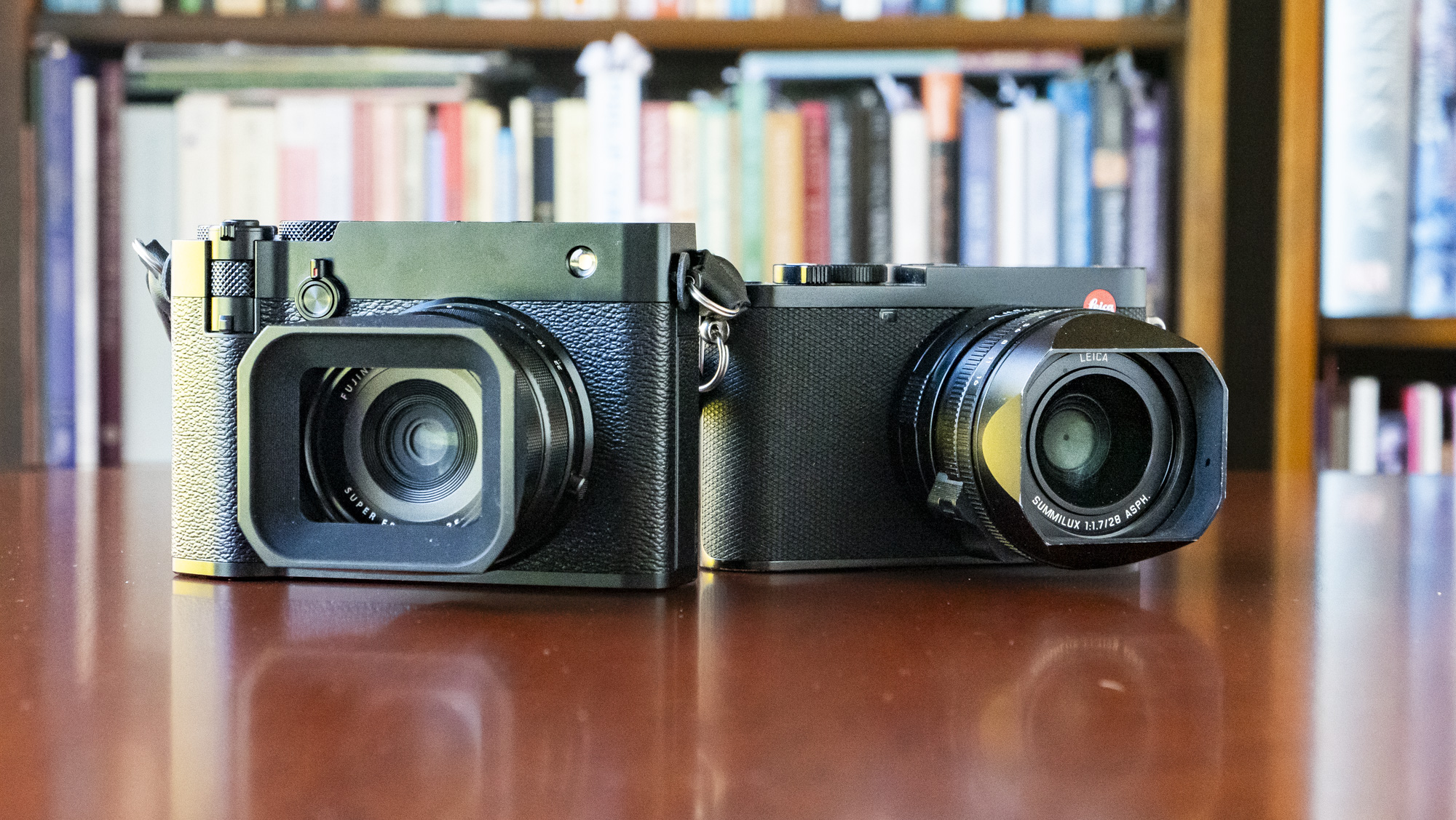
The best compact cameras are big business in 2025, and the Fujifilm GFX100RF and Leica Q3 are the top premium-quality models money can buy – they cost a whopping $11,195 / £10,250 / AU$19,890 between them.
The GFX100RF costs $4,899 / £4,699 AU$8,799, while the Q3 is $6,295 / £5,550 / AU$11,090 (the Q3's price has increased since its 2023 launch – back then it was $5,995 / £5,300 / AU$9,790). That's huge money, albeit for two quality products.
I hailed the Q3 as my personal favorite camera of the year in 2023, and the Fujifilm GFX100RF compact with its 102MP medium-format sensor and X100VI rangefinder looks could do the same for me in 2025.
Naturally, I wanted to see how the two models compared, and not based on a spec sheet, but on real-world use. That meant requesting the Q3 back in from Leica while completing my in-depth GFX100RF review (coming soon – here are my first impressions in the meantime).
I hired a bodyguard, and hit the streets with both cameras for some reportage photography to get a proper feel for both models (okay, I might be joking about the bodyguard). Here's what I learned…
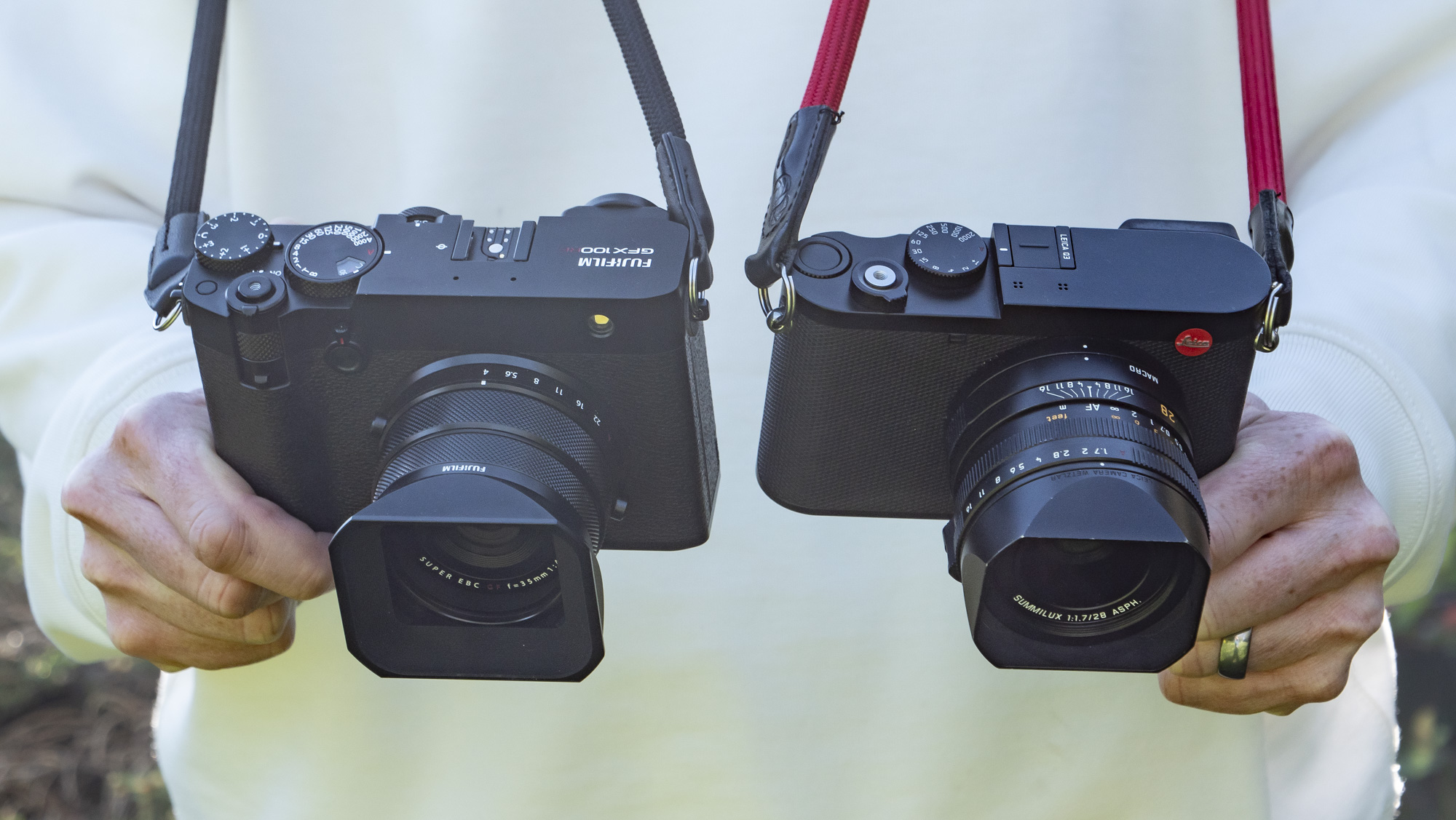
Fujifilm GFX100RF vs Leica Q3: in the hand
Both cameras fall within the compact category by virtue of featuring a built-in lens (more on the respective lenses next); however neither model is particularly compact. If you want the absolute best image quality from a compact camera that slips into a trouser pocket, the Ricoh GR III series gets my nod.
The build quality of both is top drawer – the GFX100RF's top plate is machined from a single block of aluminum, while the Q3 is all-metal.
Get daily insight, inspiration and deals in your inbox
Sign up for breaking news, reviews, opinion, top tech deals, and more.
The GFX100RF is a little wider than the Q3 and a bit taller, but its depth from the rear of the camera to the end of its lens is narrower. That said, if you want the Fujifilm model weather-sealed and the supplied lens hood fitted, you'll need the adapter and lens filter in place (also supplied), after which the difference is negligible.
Put simply, I wouldn't choose one camera over the other based on size and weight alone.
The Q3 is a minimalist camera – it has fewer external controls and the menus are stripped back, and I found certain settings took longer to adjust – for example, the Q3 has a shutter speed dial, while on the GFX100RF the same dial is used for shutter speed and ISO.
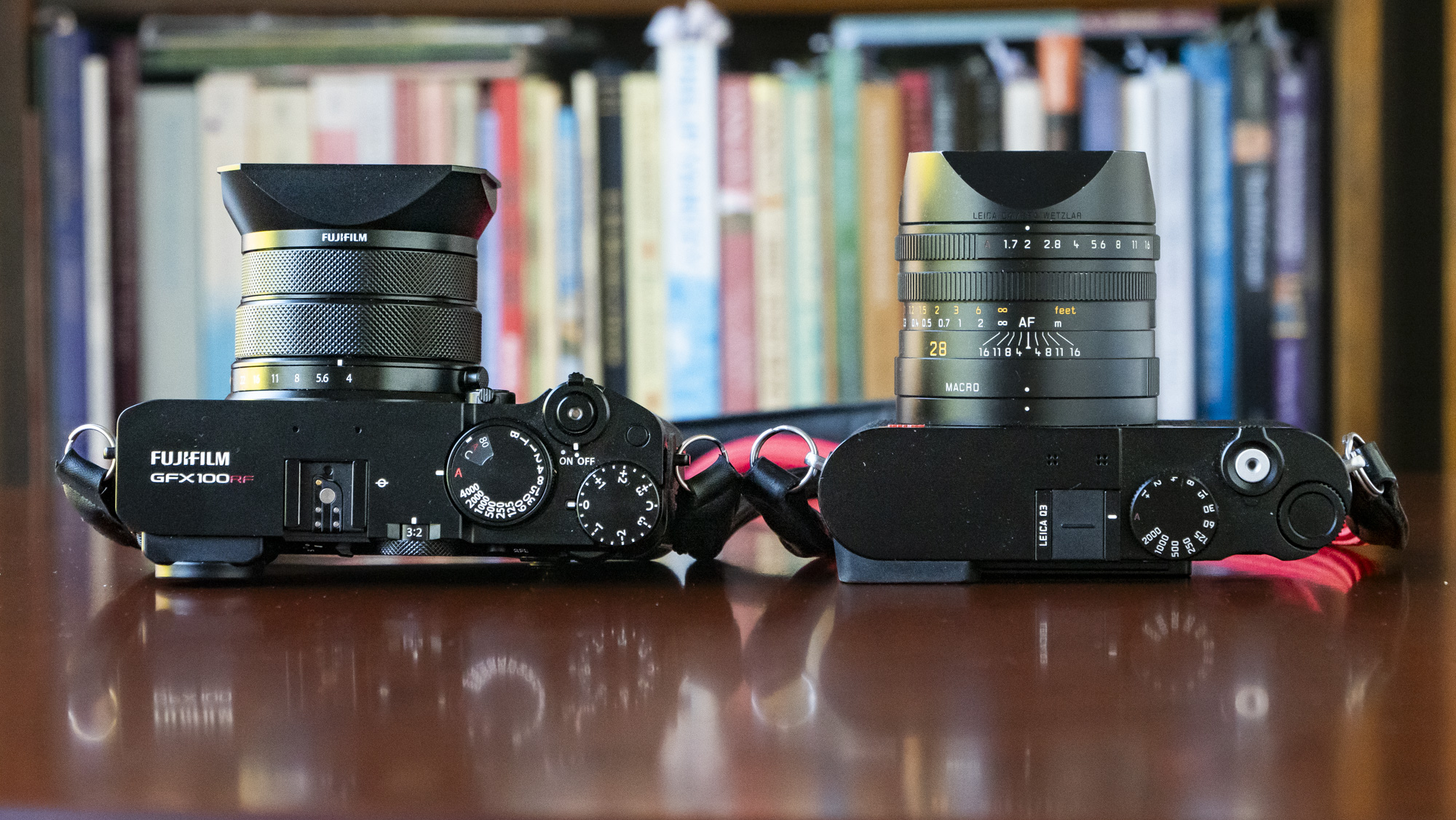
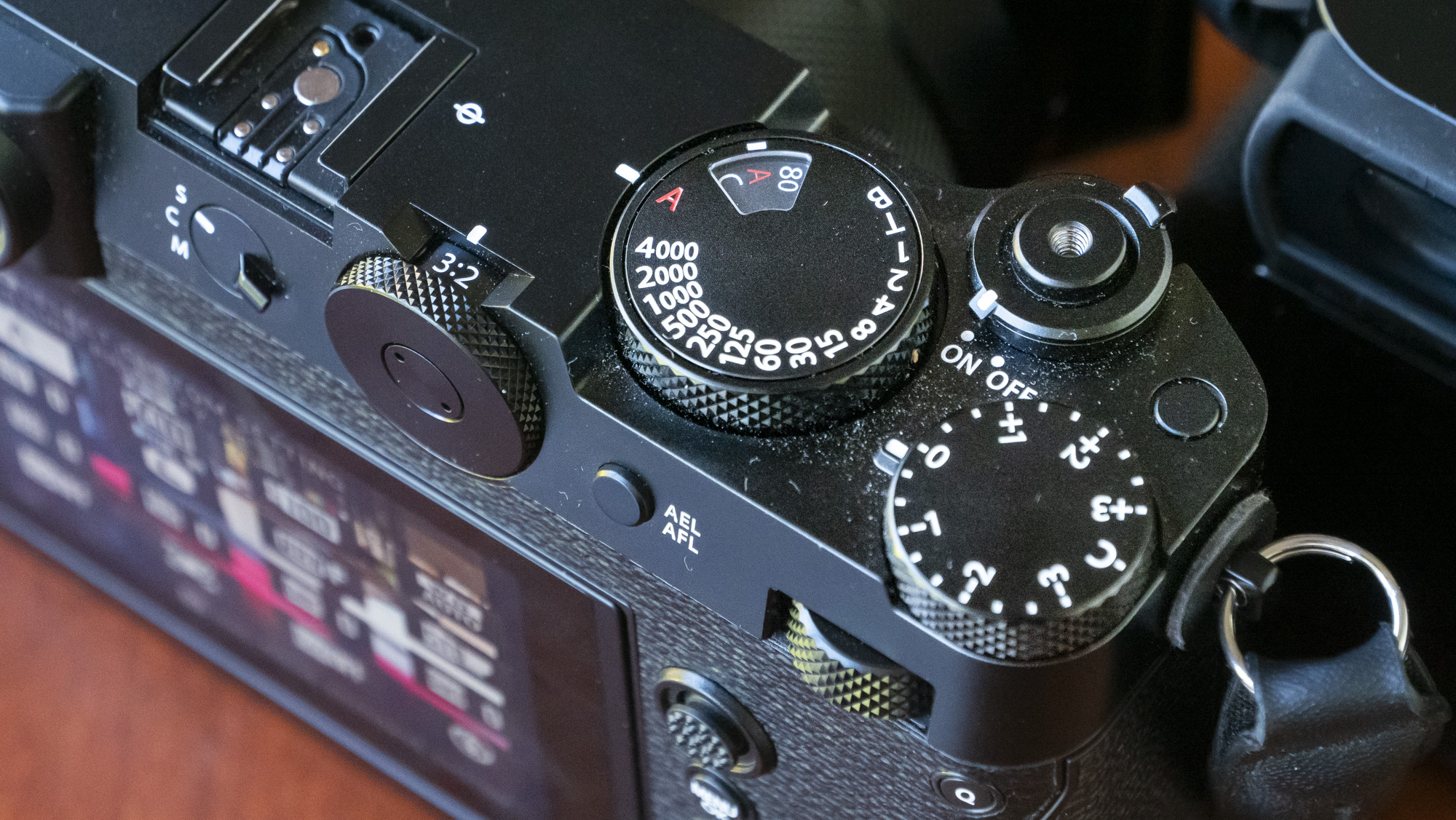
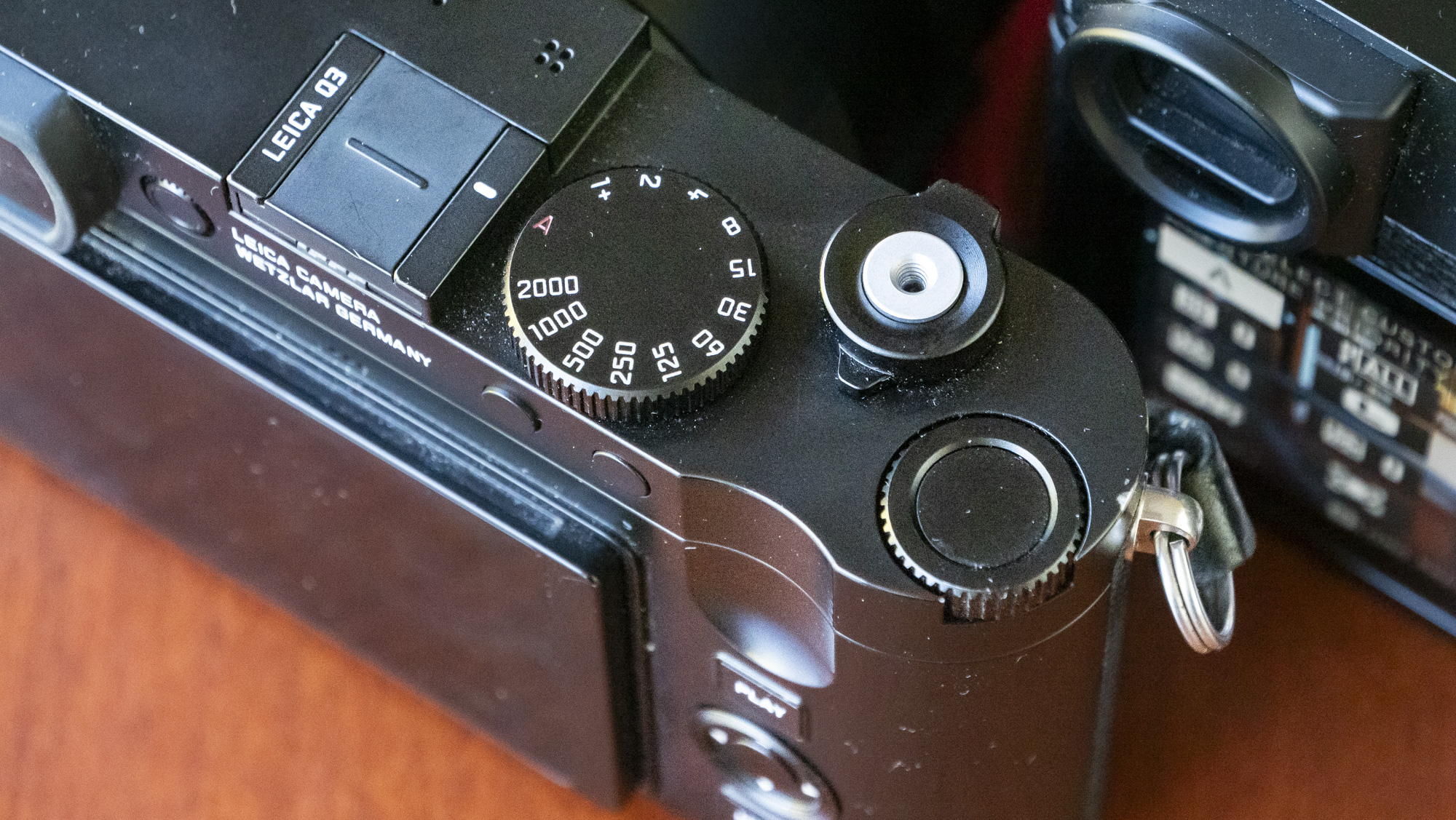
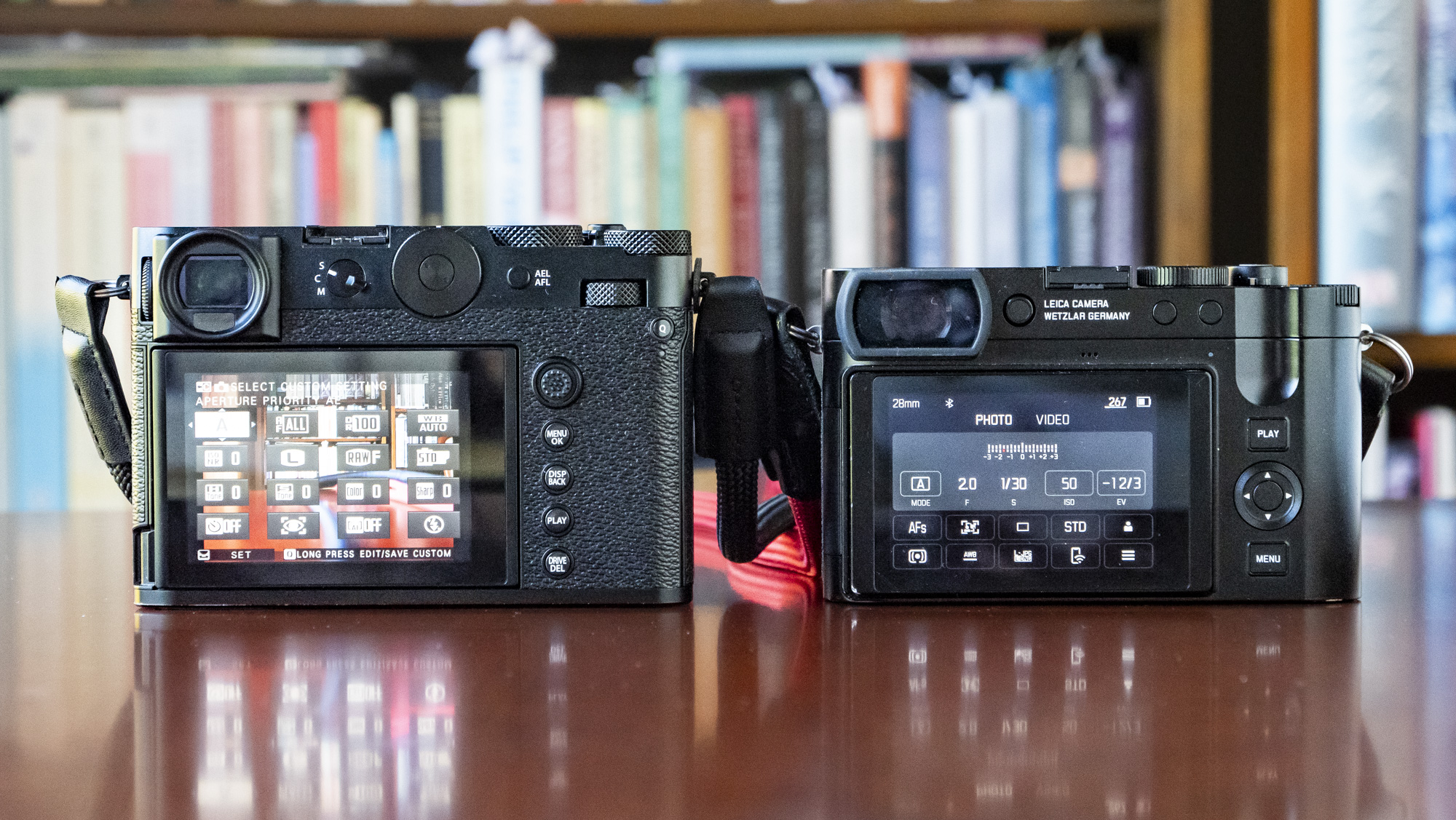
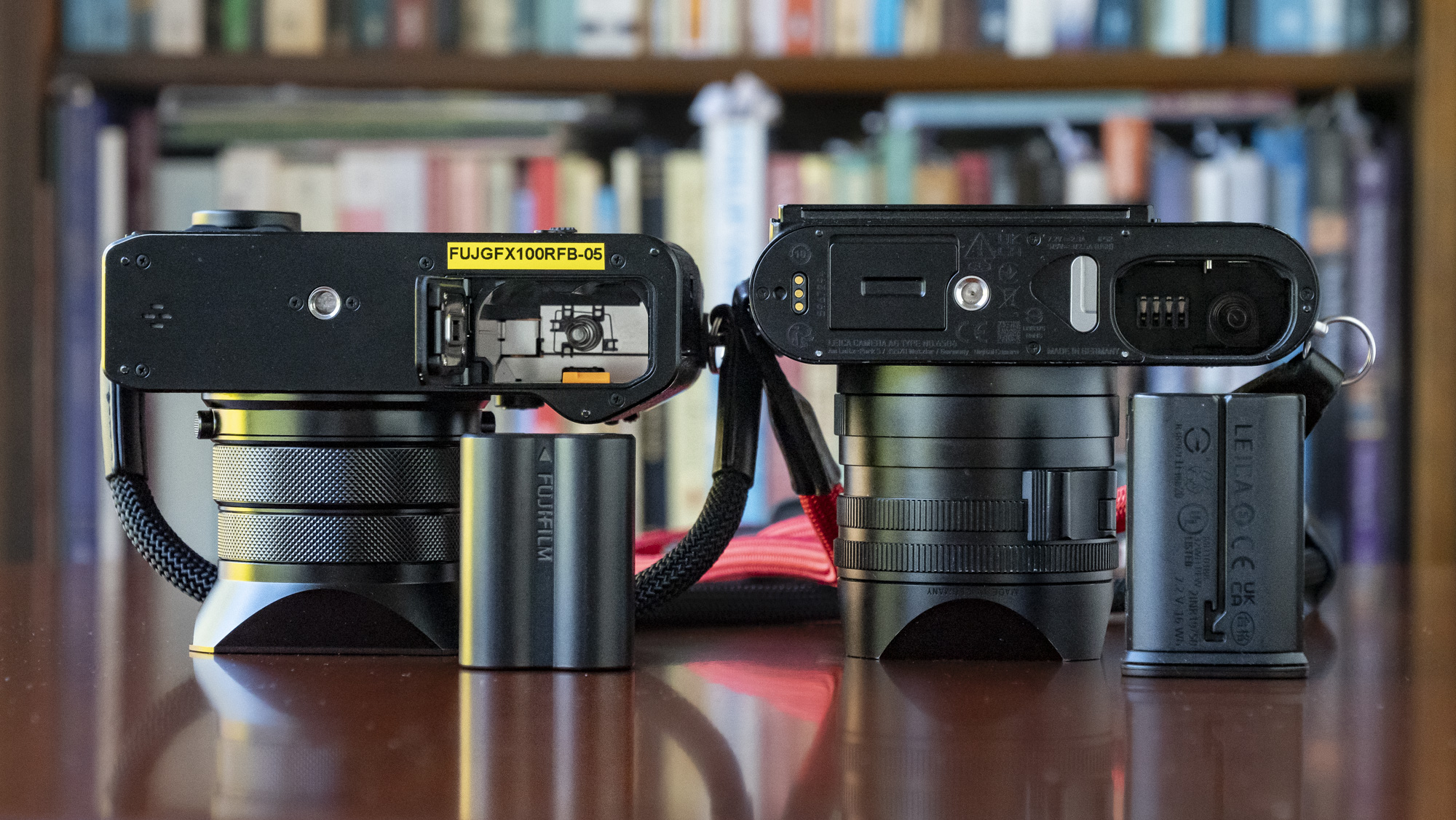
The GFX100RF has an exposure compensation dial and a control dial, while the Q3 only has the latter, and access to it is unfortunately awkward. The GFX100RF also has a rear joystick for easy changes to settings such as the autofocus point, whereas the Q3 has a simpler D-pad.
Both cameras are capable of photo and video recording, but the GFX100RF handles better for video. It includes mic in and headphone out ports, while the Q3 has neither.
The GFX100RF's tilt touchscreen display is brighter and more vibrant, and the difference is noticeable, especially in bright light. As for the EVFs, both can be tricky to look through with bright, side-on sunlight, although that's the nature of a rangefinder-style cameras.
For grip, the GFX100RF's front features a slight bump, while the flat-fronted Q3 has an indentation on the rear for your thumb. Neither is particularly grippy, but both cameras are similarly comfortable to use for extended periods.
Adjusting the rear tilt touchscreen is easier on the GFX100RF – it sits flush in the body, and is easily pulled out using the indentation on the side. The Q3's screen protrudes a little and offers a ridge on the top and bottom for pulling it out, which I found fiddlier.
For some, the Q3's simple exterior could be a draw, but overall I found making small tweaks to settings, and viewing / composing images, easier with the GFX100RF. It's an all-round easier camera to handle, plus its battery life is much better – a CIPA-rated 820 shots to the Q3's 350.
- Handling: a win for the Fujifilm GFX100RF
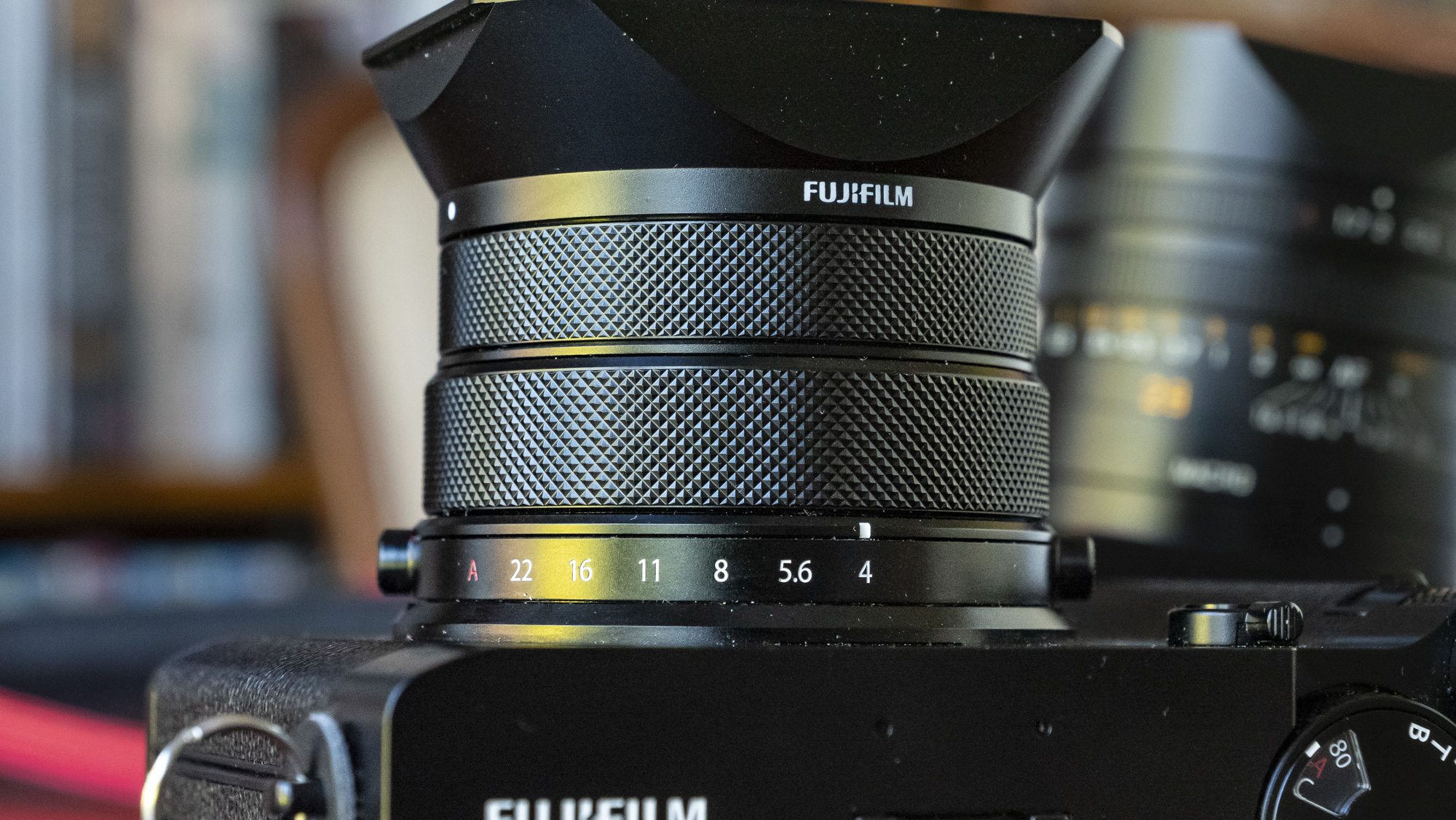
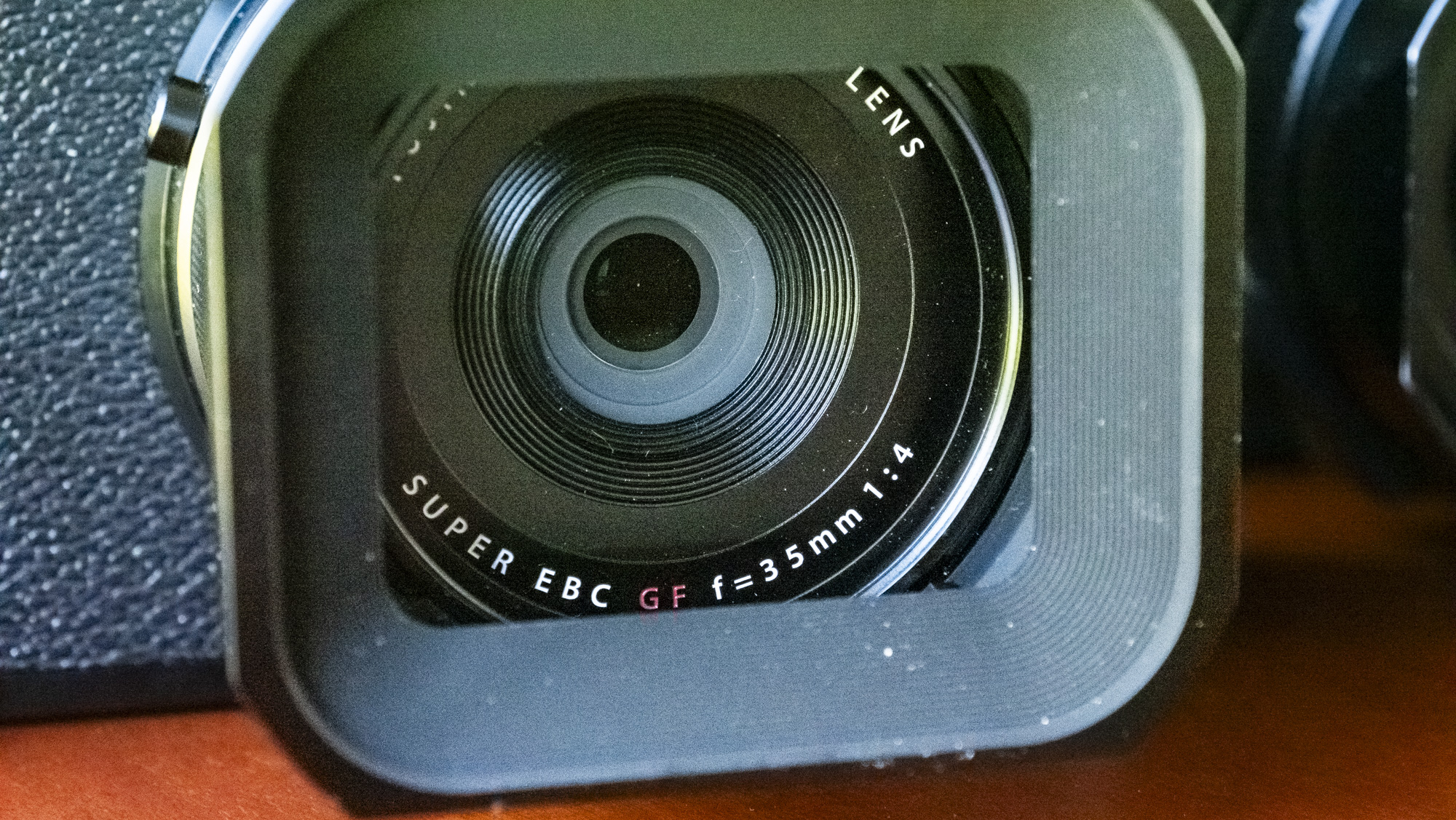
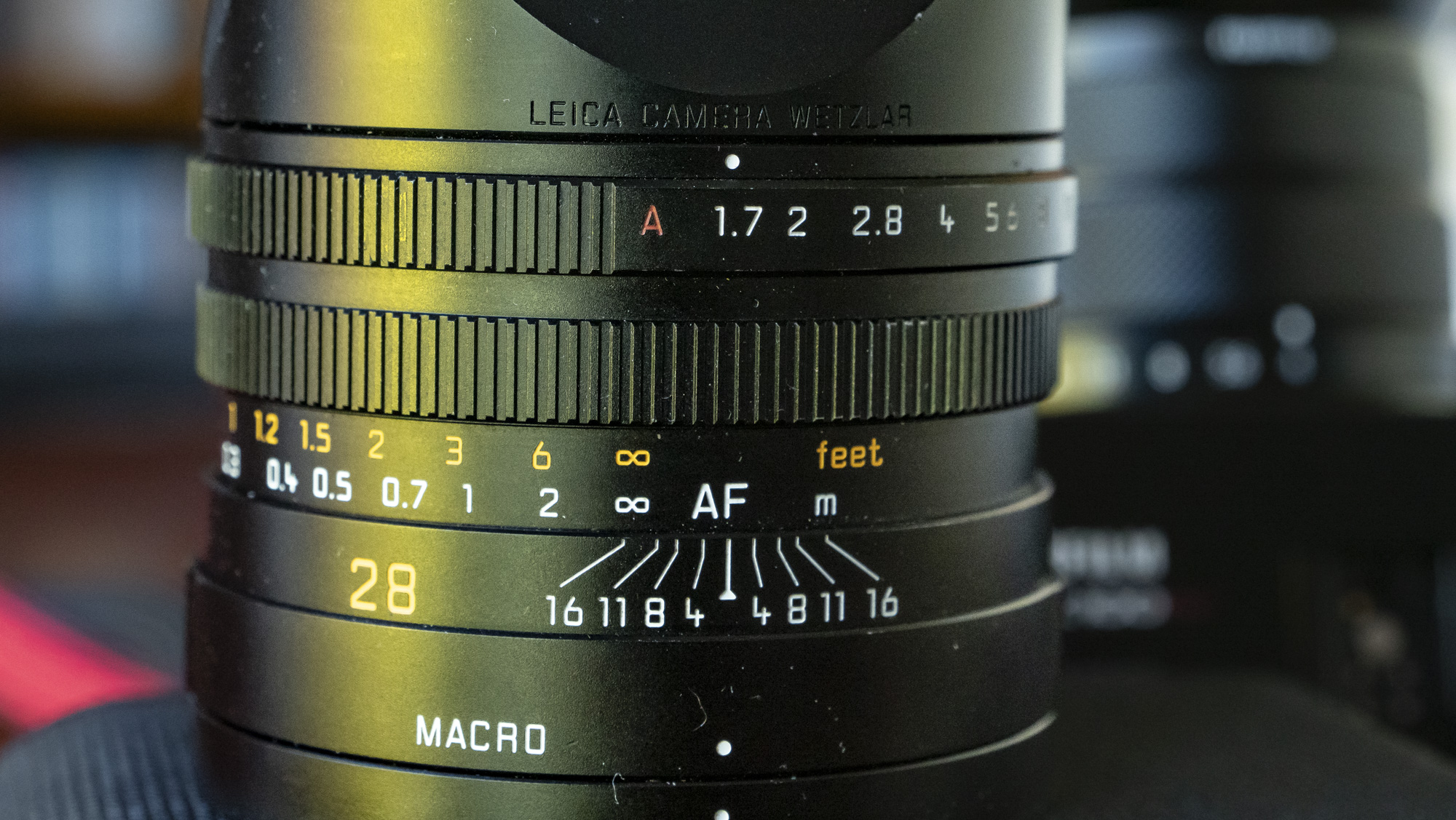
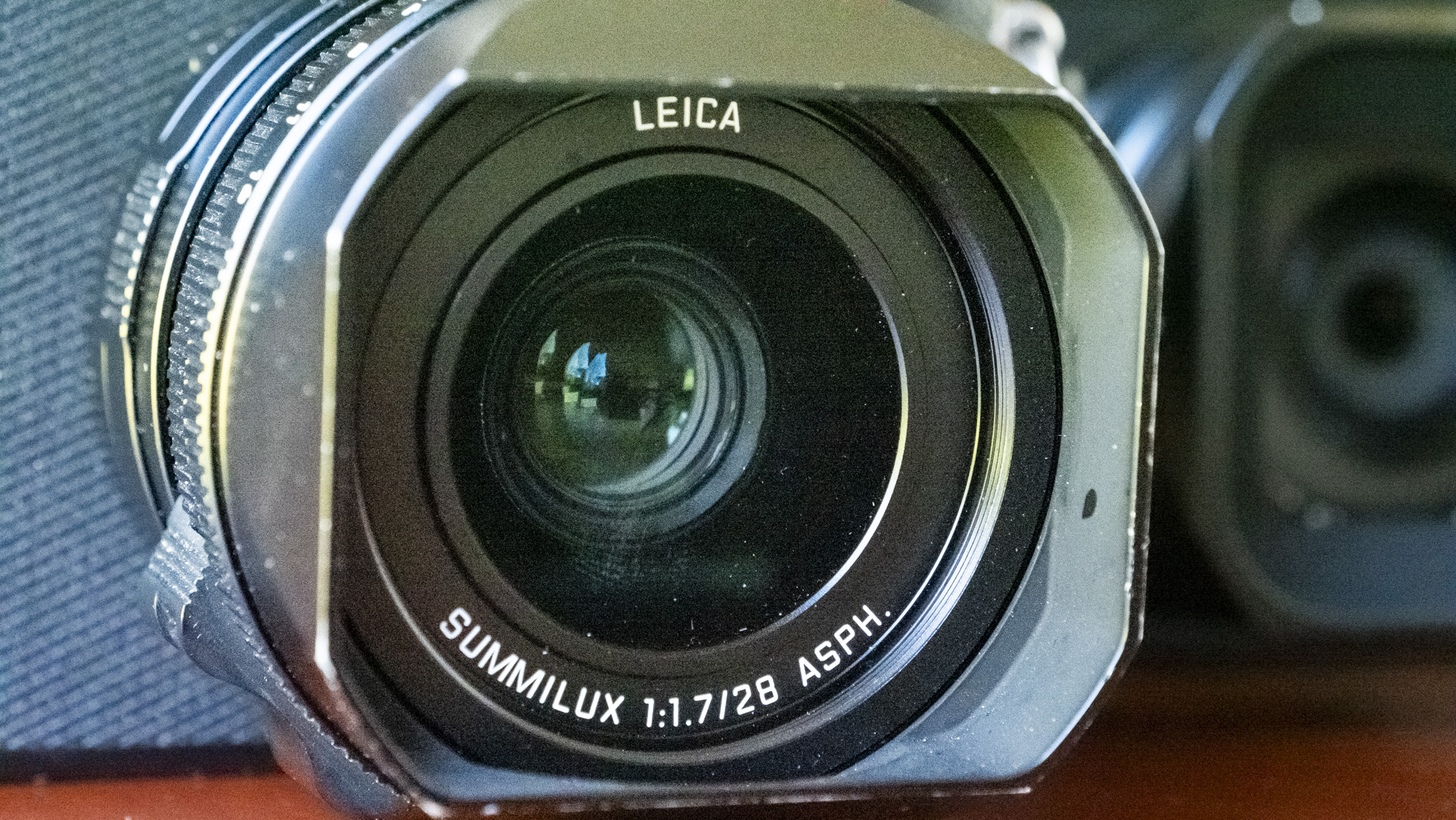
Fujifilm GFX100RF vs Leica Q3: lenses
The full-frame Leica Q3 features a 28mm f/1.7 lens, the GFX100RF a 35mm f/4 lens. However, as it's a medium-format camera the GFX100RF's lens has a 28mm effective focal length, so the perspective of each lens is the same. However, the GFX100RF's sensor aspect ratio is 4:3 and the Q3's is 3:2, so the full image area is slightly different.
As for depth of field, the GFX100RF's lens has a maximum f/4 aperture, which is like f/3.2 on a full-frame camera. With its f/1.7 aperture, the Q3 is able to get a shallower depth of field, making it the better of the two for close-up portraits. However, I wouldn't describe either wide-angle lens as a specialist portraiture optic.
Two other advantages of the Q3's f/1.7 lens are its light-gathering capabilities and the fact that it's stabilized. The stabilization performance isn't the best, but the lens on the GFX100RF isn't stabilized at all – an omission compounded by a maximum f/4 aperture that for me is a major drawback, especially for the kinds of photography I do.
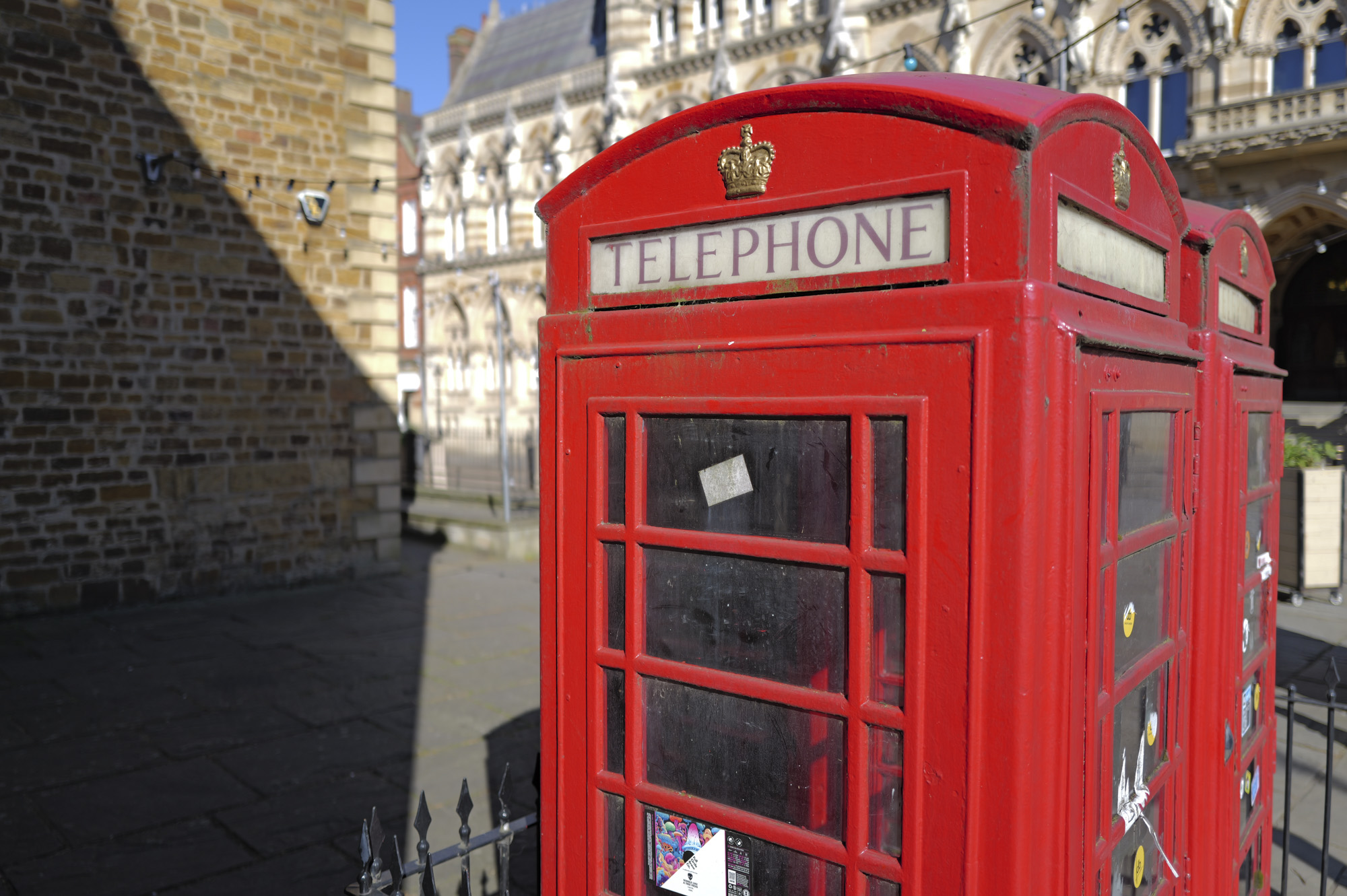
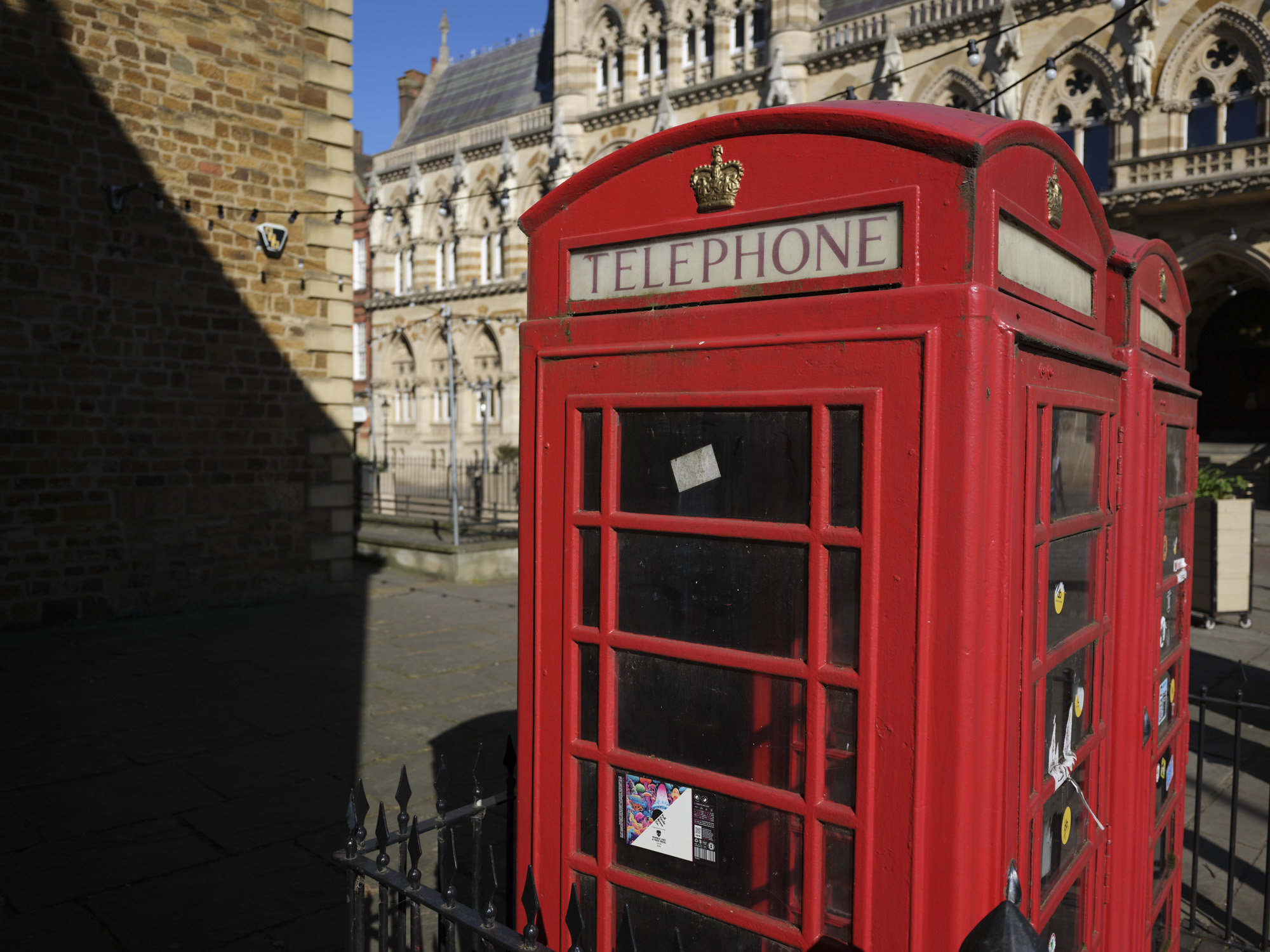
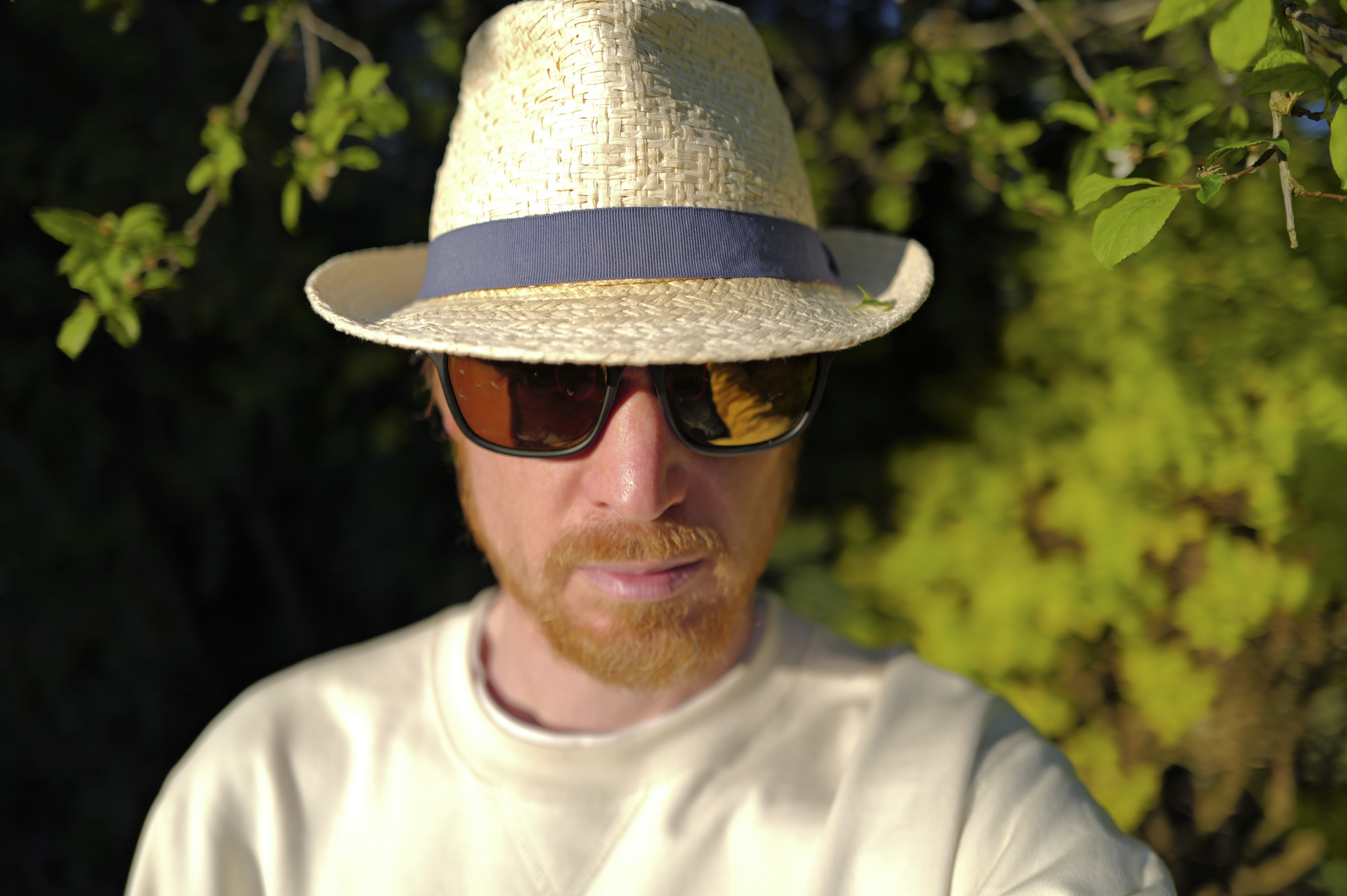
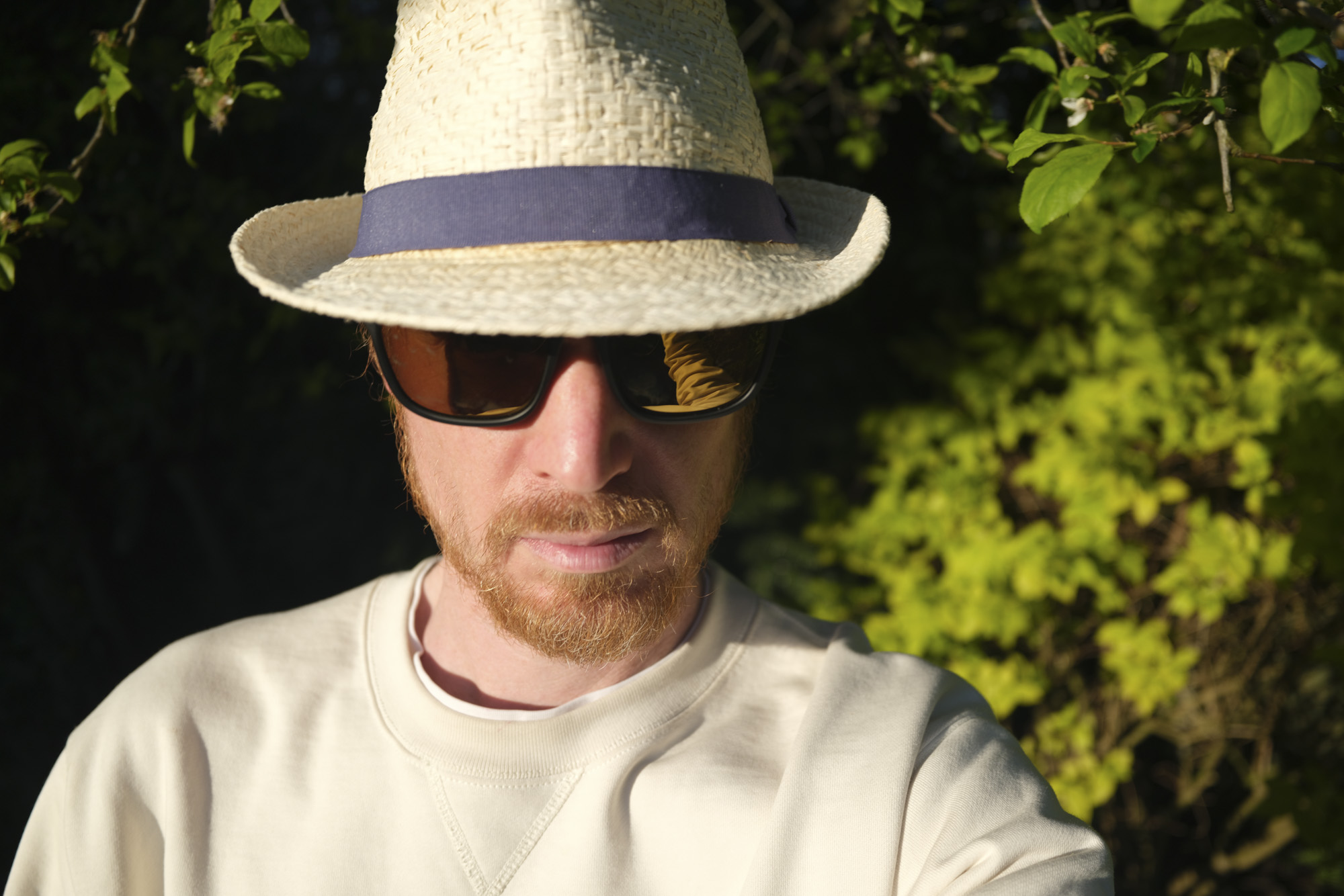
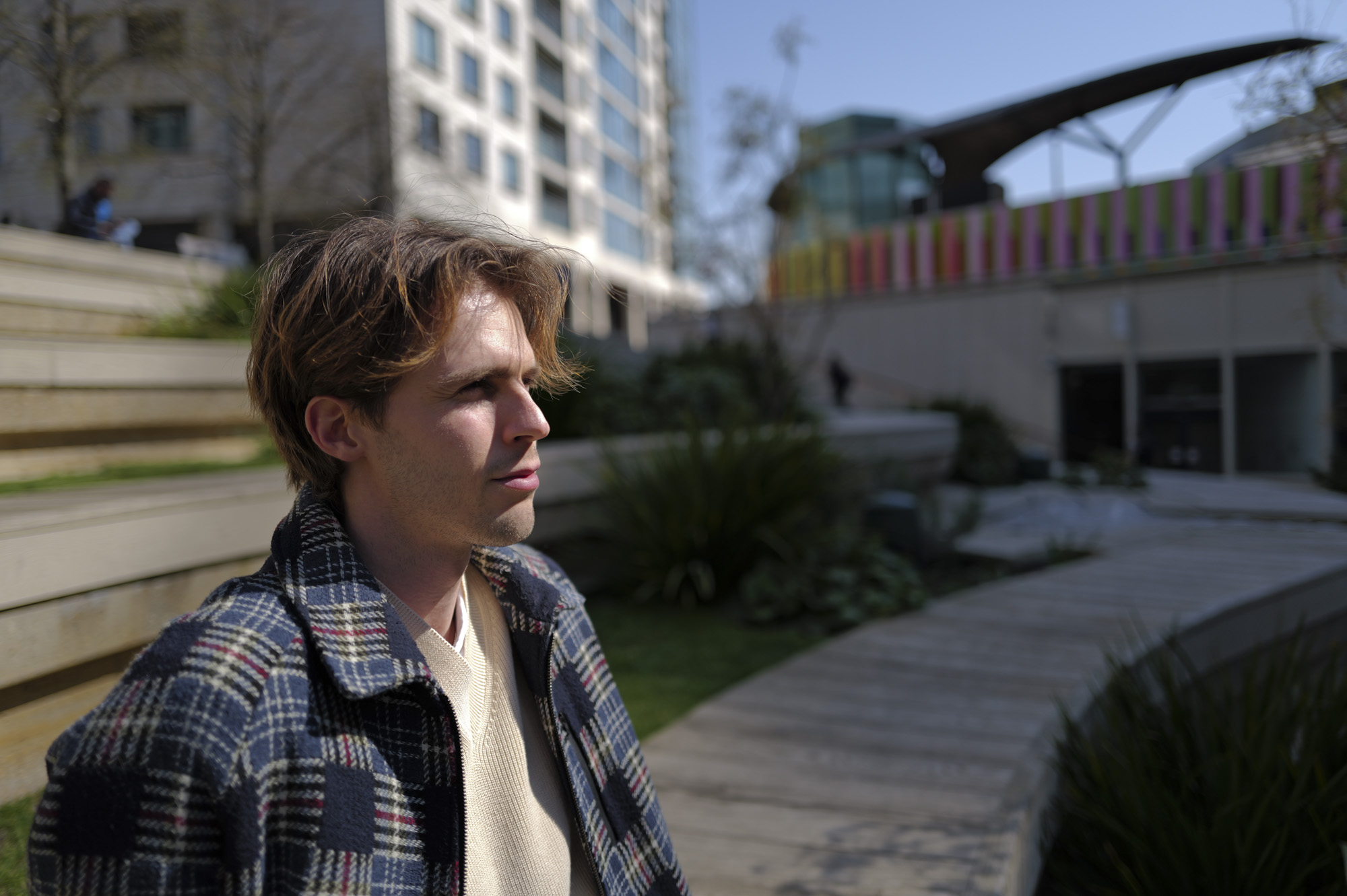
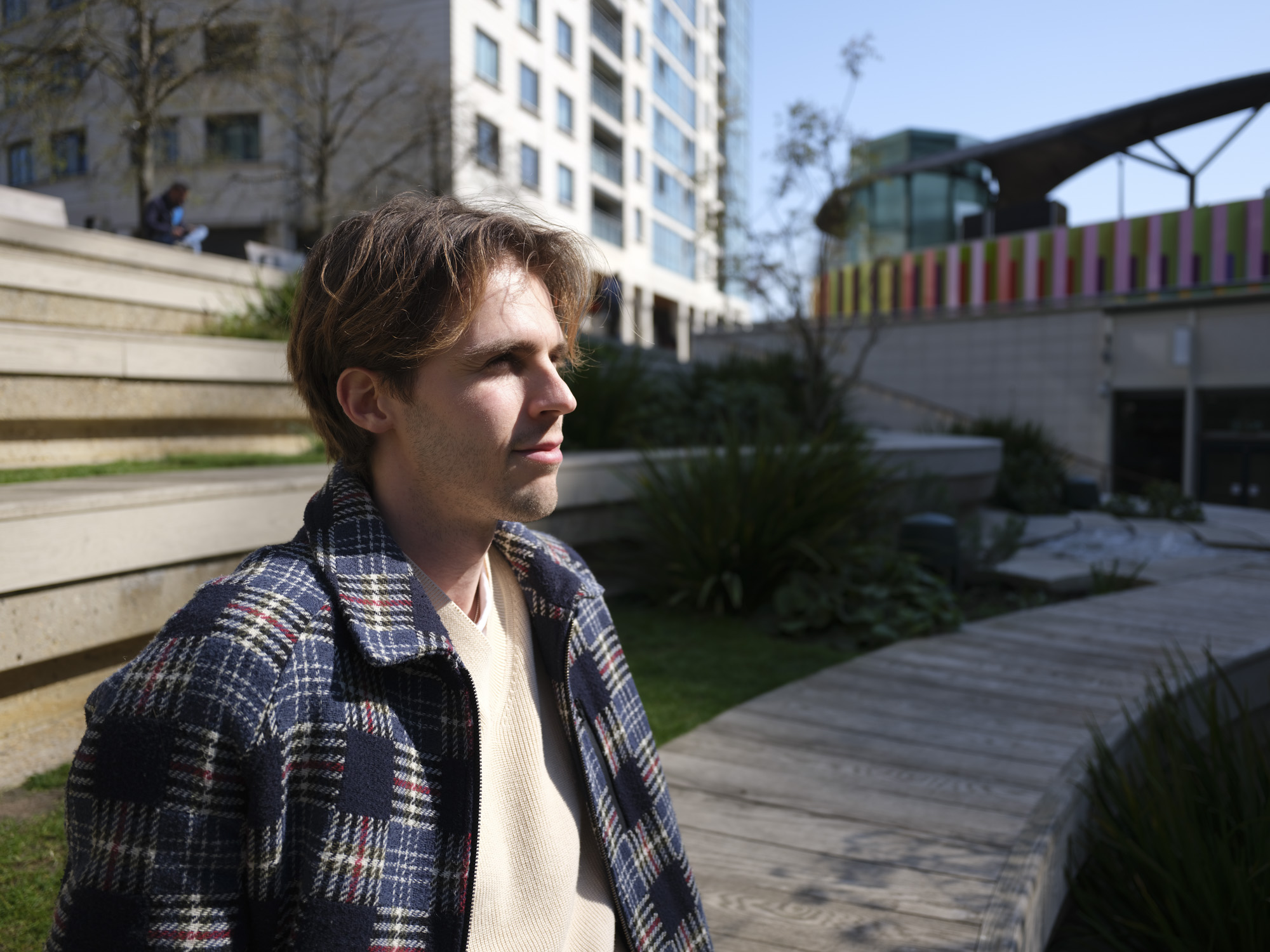
The Q3 is the better camera to use handheld in low light – you can get away with slower shutter speeds, and also use a wider aperture.
I also adore the handling of the Q3's lens. It has a tiny button on its manual-focus grip for switching between auto and manual focus, plus a ring to select macro focusing, which improves close focusing distance from 0.3m to 0.17m; the GFX100RF's minimum close focusing distance is 0.2m. That gives the Q3 the edge for macro, but again neither are macro specialist lenses.
So while I love the way the GFX100RF's compact lens feels, for shooting I prefer the Q3.
Optically, I can't fault either lens – both are virtually flawless, delivering sharp detail from center to the edges of the frame. At a push, images from the the Q3 look ever-so-slightly soft right at the edges when compared to the GFX100RF.
Both lenses do a superb job of handling distortion, too. The Q3 is slightly less prone to less flare, but that's a close call.
- Lenses: a win for the Leica Q3, especially for depth of field
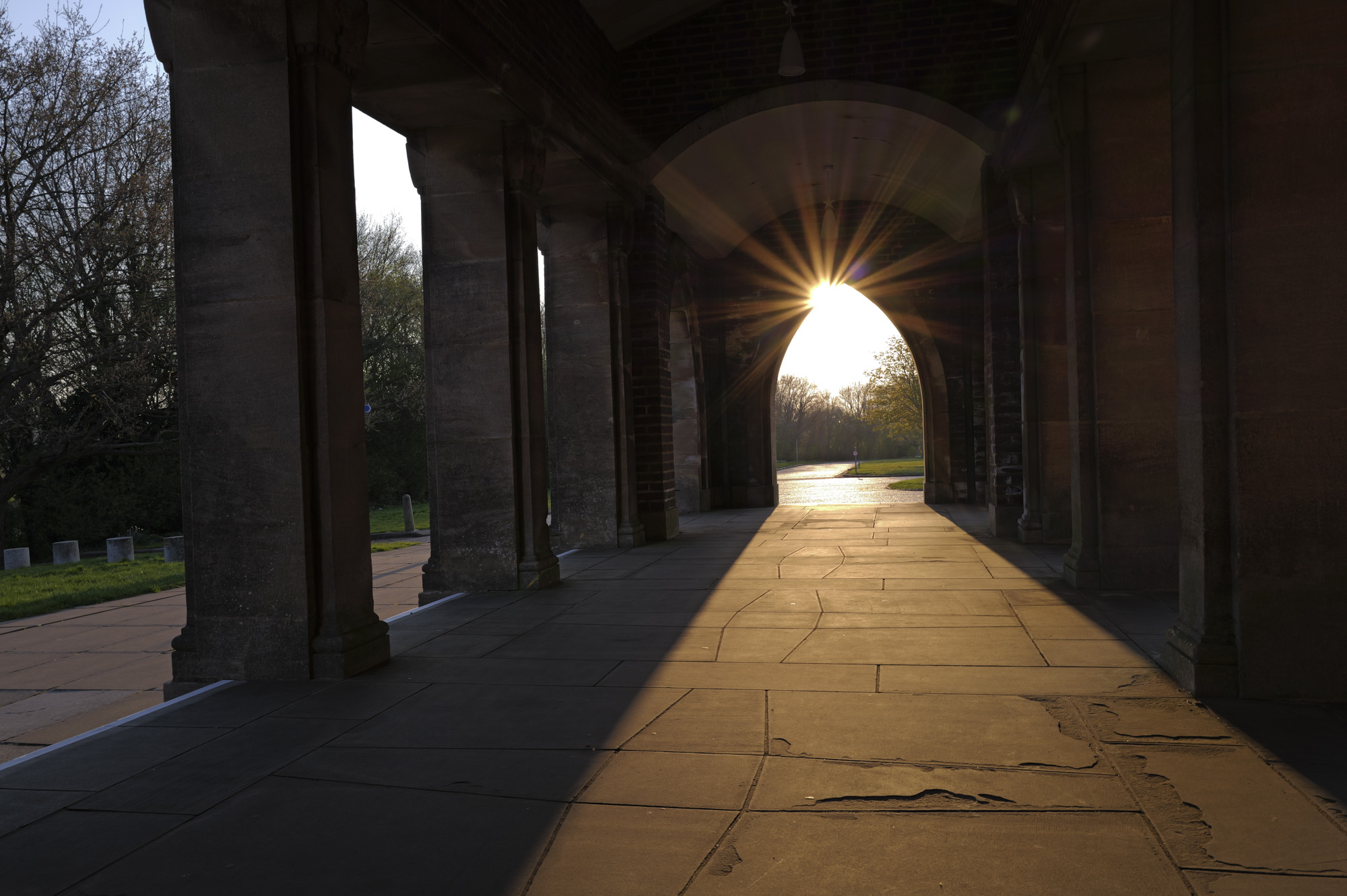
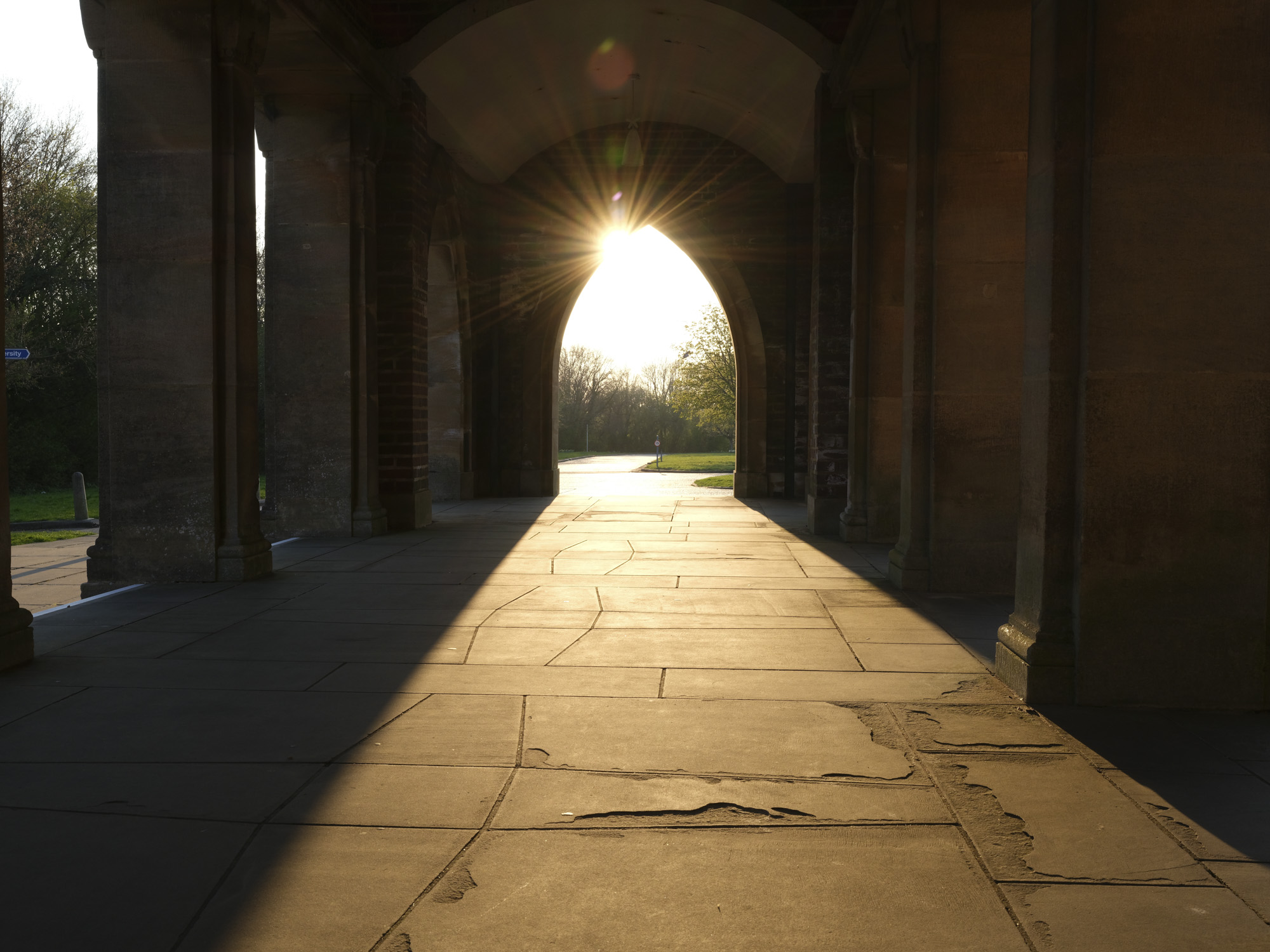
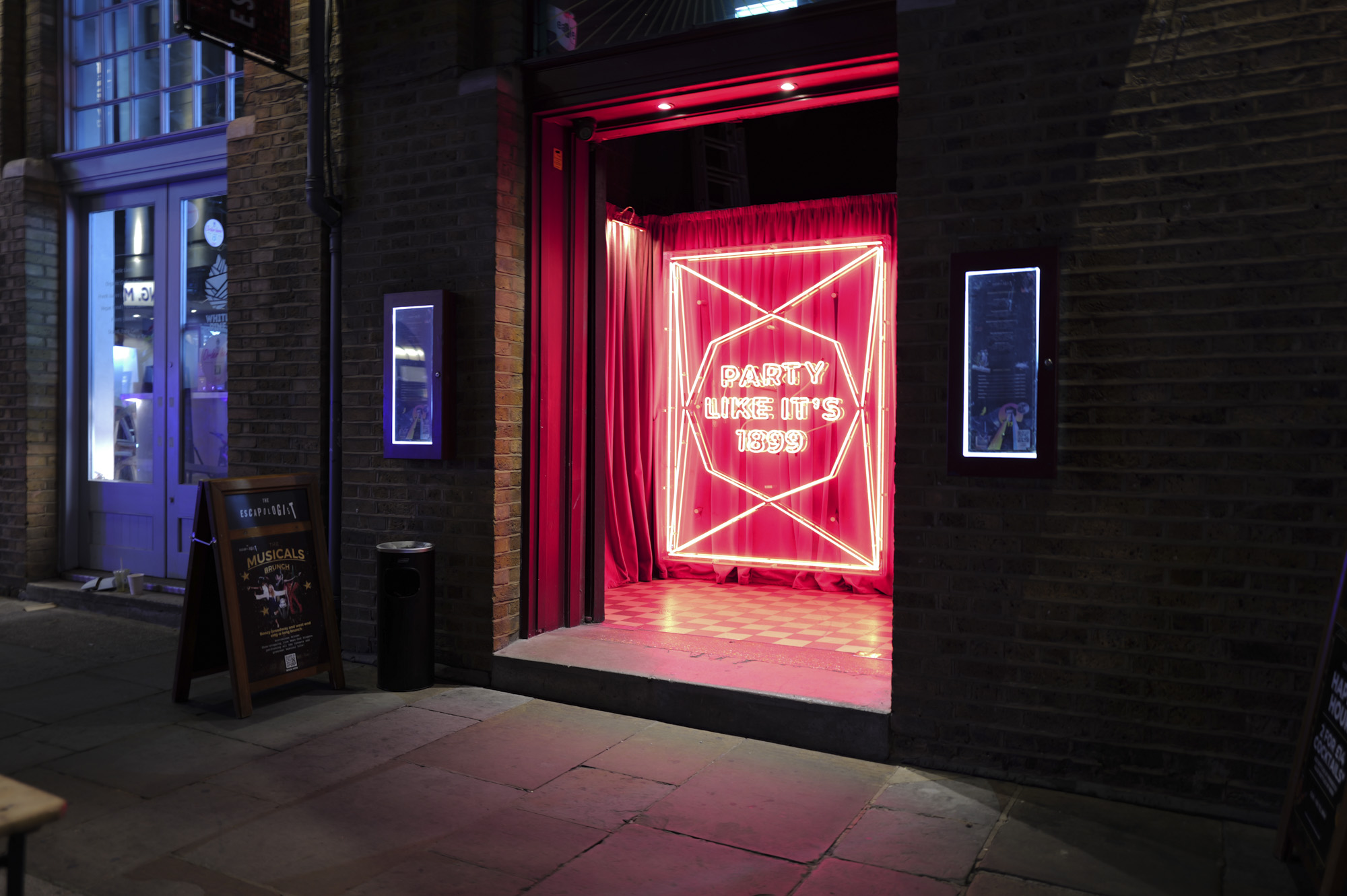
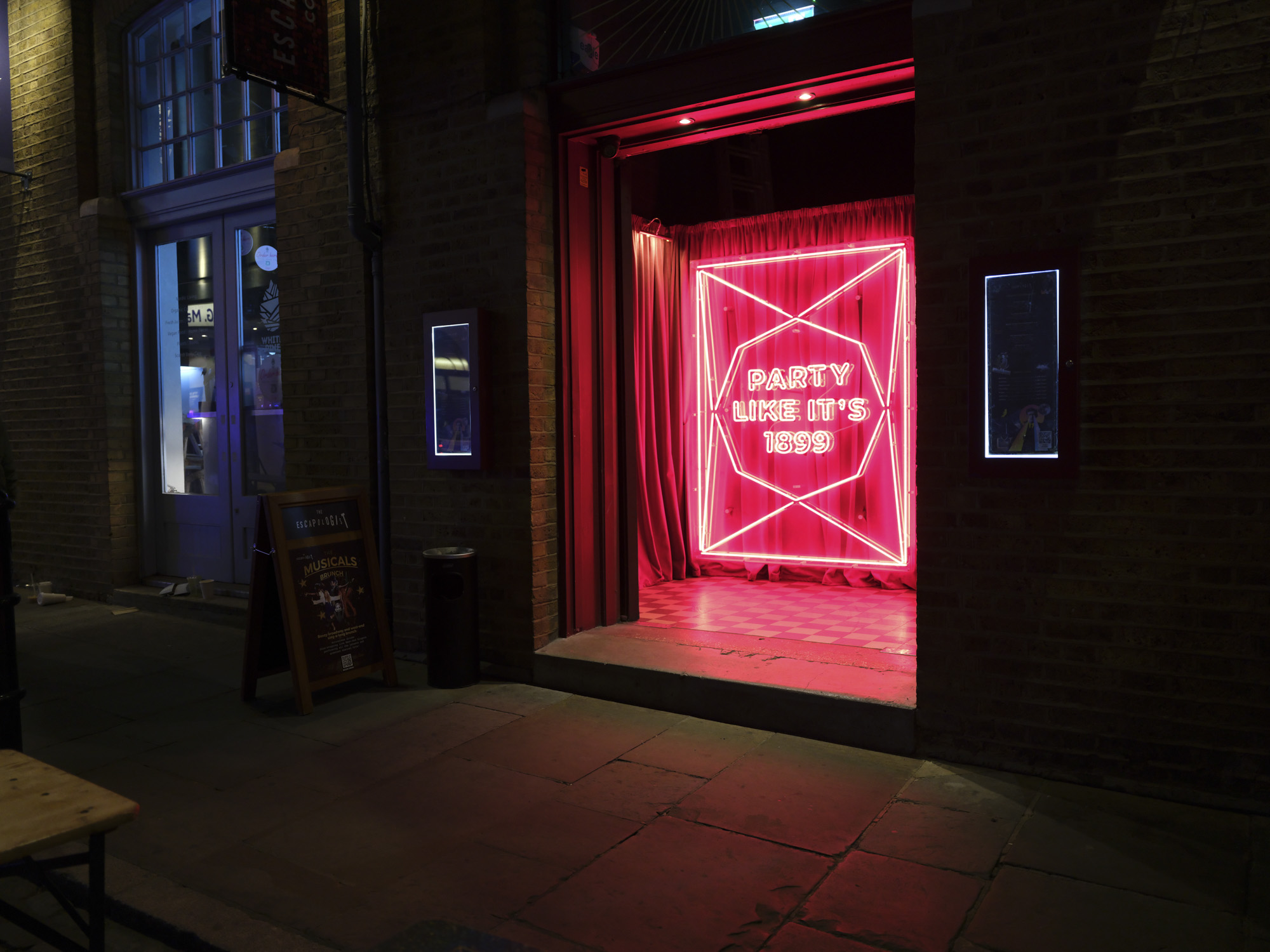
Fujifilm GFX100RF vs Leica Q3: image quality
With a 60.3MP full-frame sensor and sharp lens, the Leica Q3 was the best premium compact camera for outright image quality. However, the Fujifilm GFX100RF ups the bar with its larger medium-format sensor and 102MP resolution. (That said, the Q3 offers 8K 30p video, the GFX100RF just 4K).
Fujifilm and Leica each have their own color science, and there's no 'best' color here – it's a matter of taste. Personally, I prefer the straight-from-the-camera standard color profile of the Q3, but there are so many other profiles to choose from, especially with the GFX100RF.
I'm not especially a fan of the 28mm focal length utilized by both cameras (a perspective that's similar to the average camera phone). I tend to prefer something tighter – for example I opted to buy the Ricoh GRIIIX, which has a 40mm lens over the GR III with its 28mm lens. Note there's the Leica Q3 43 variant too with 43mm lens.
However, a wide lens makes perfect sense for pixel-rich cameras like these. They both feature a handy digital crop mode to emulate different focal lengths, accessible via a dedicated control. The Q3 offers 35, 50, 75 and 90mm perspectives, with resolution dropping the further you 'zoom' in. Likewise, the GFX100RF emulates 36mm, 50mm and 63mm focal lengths.
Fujifilm GFX100RF sample images
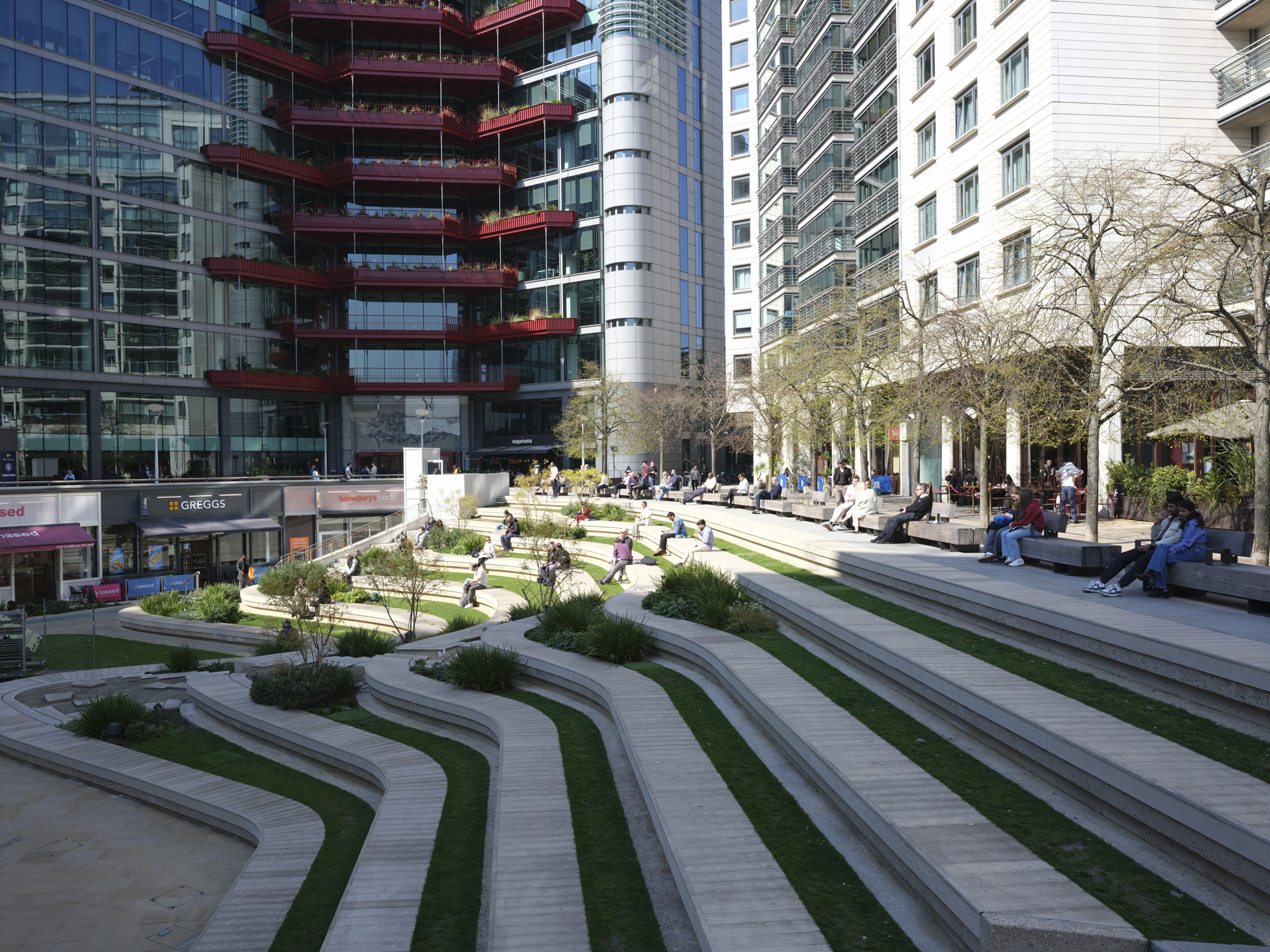
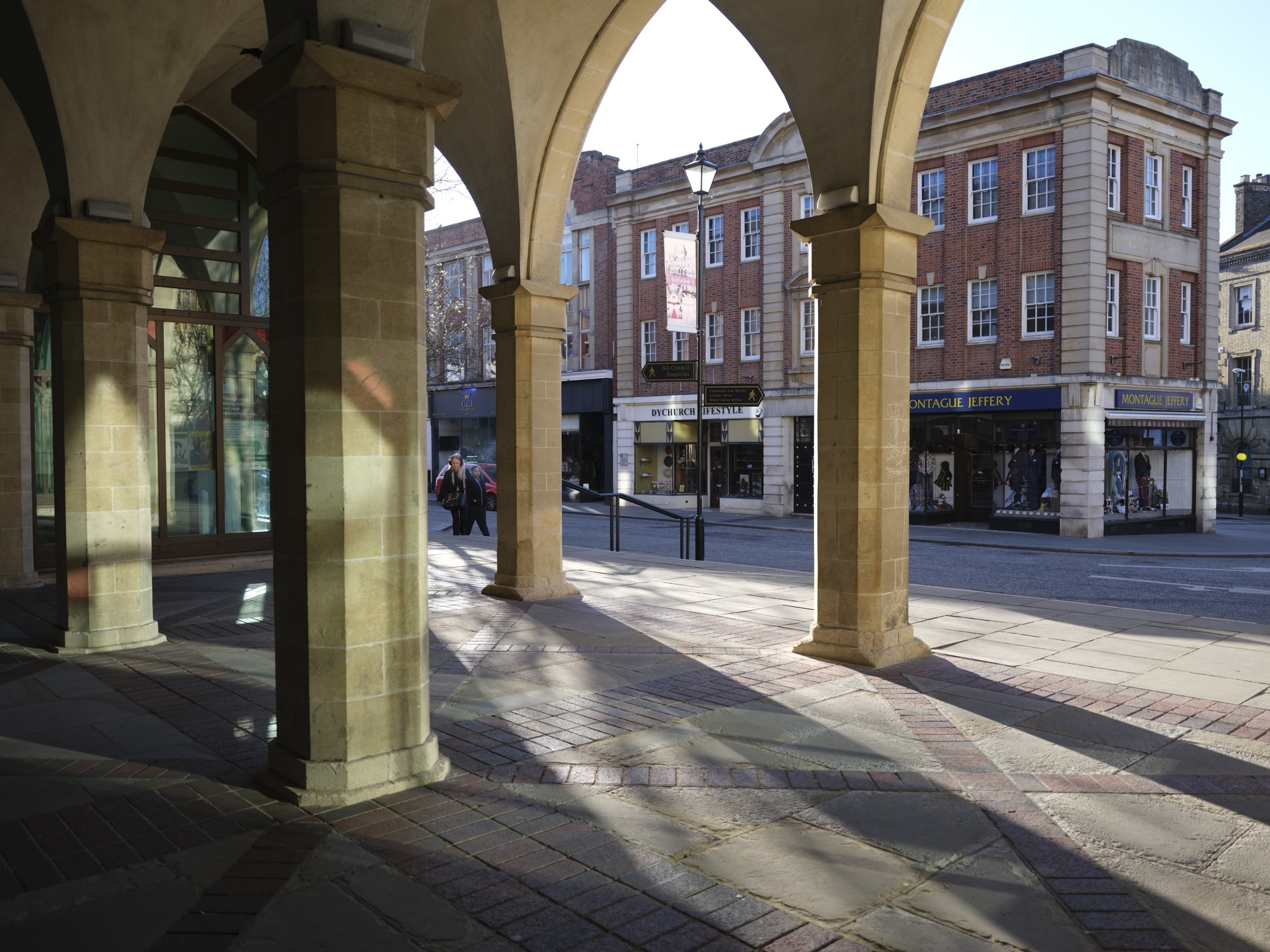
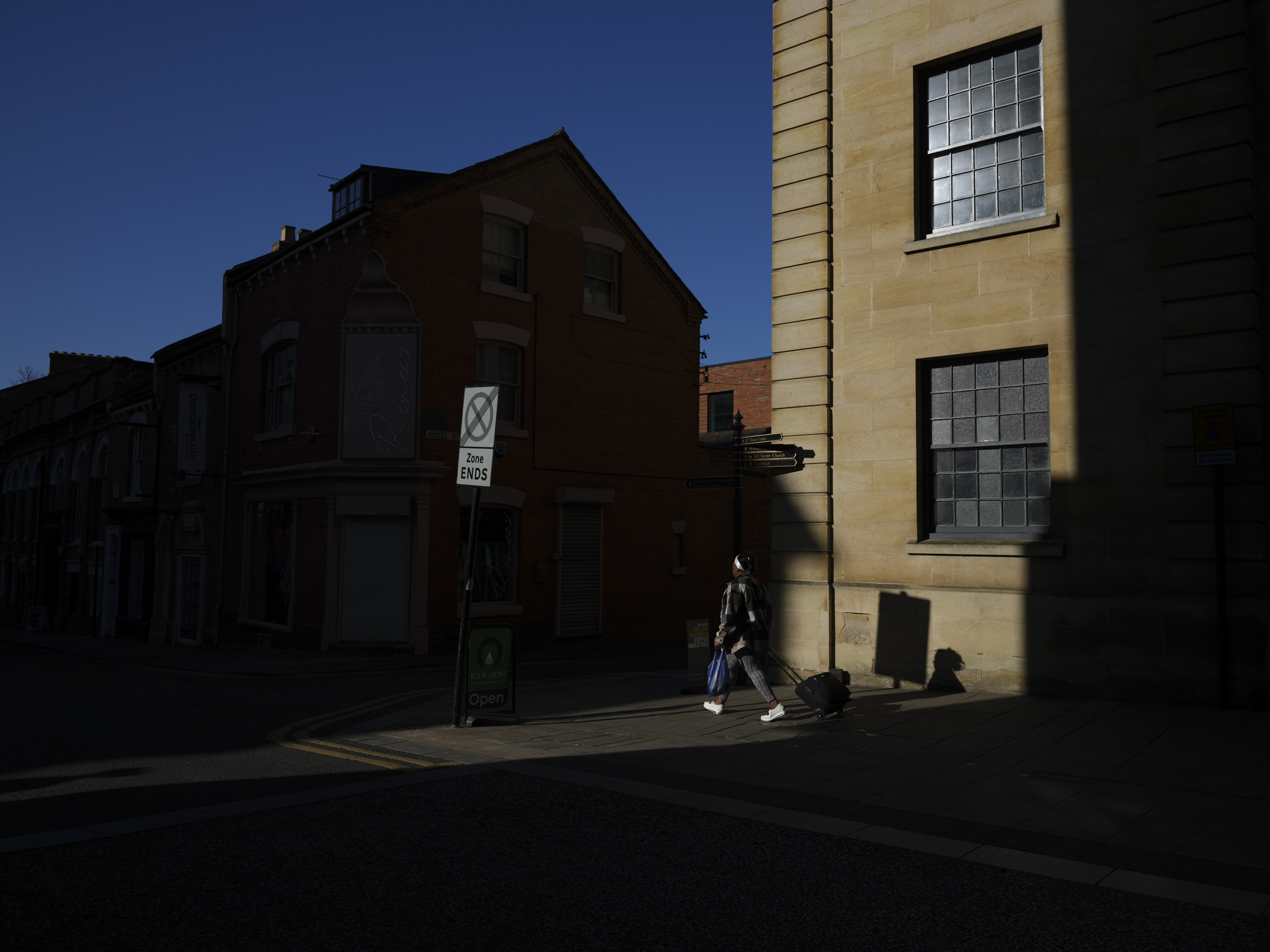
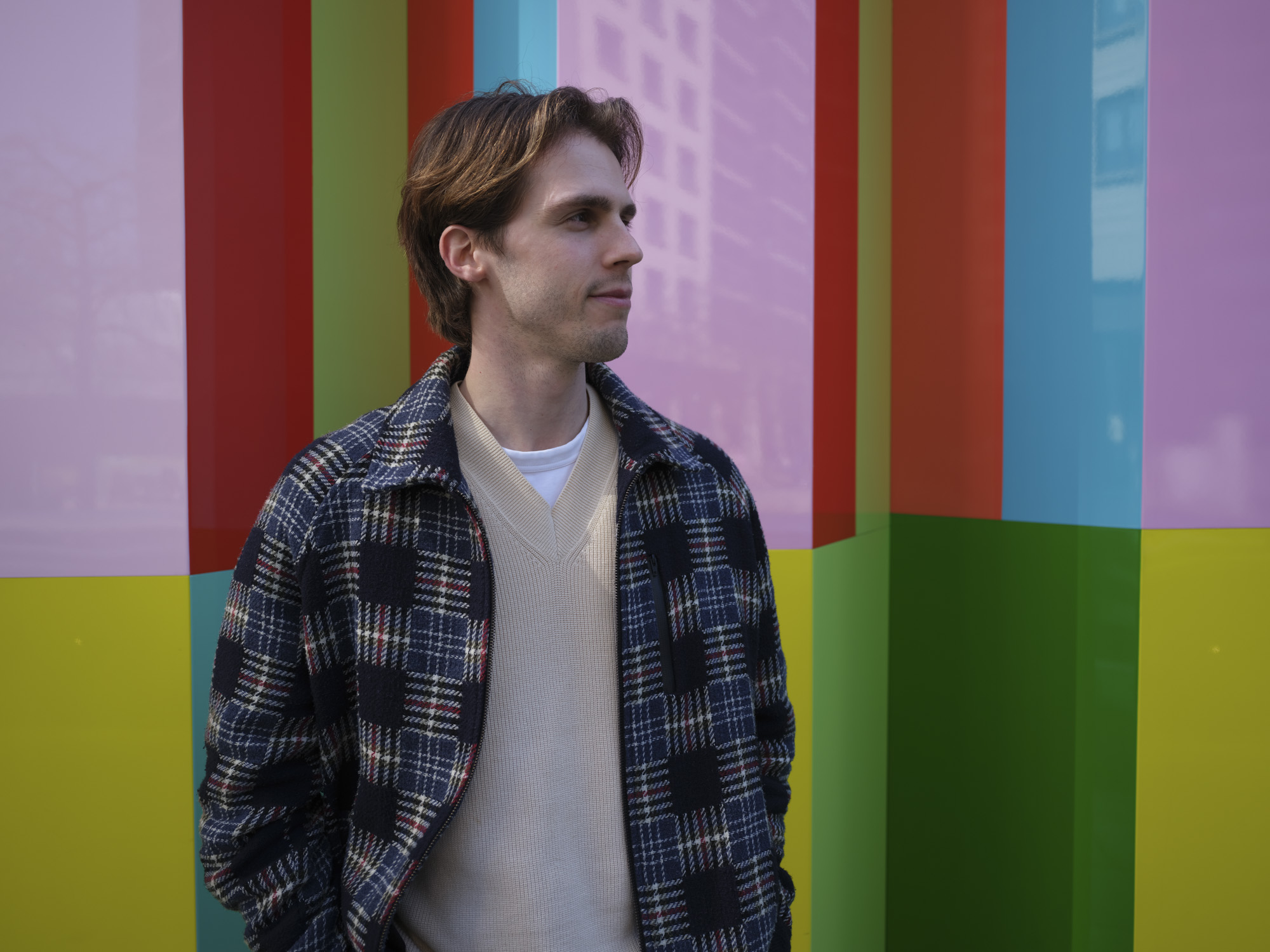
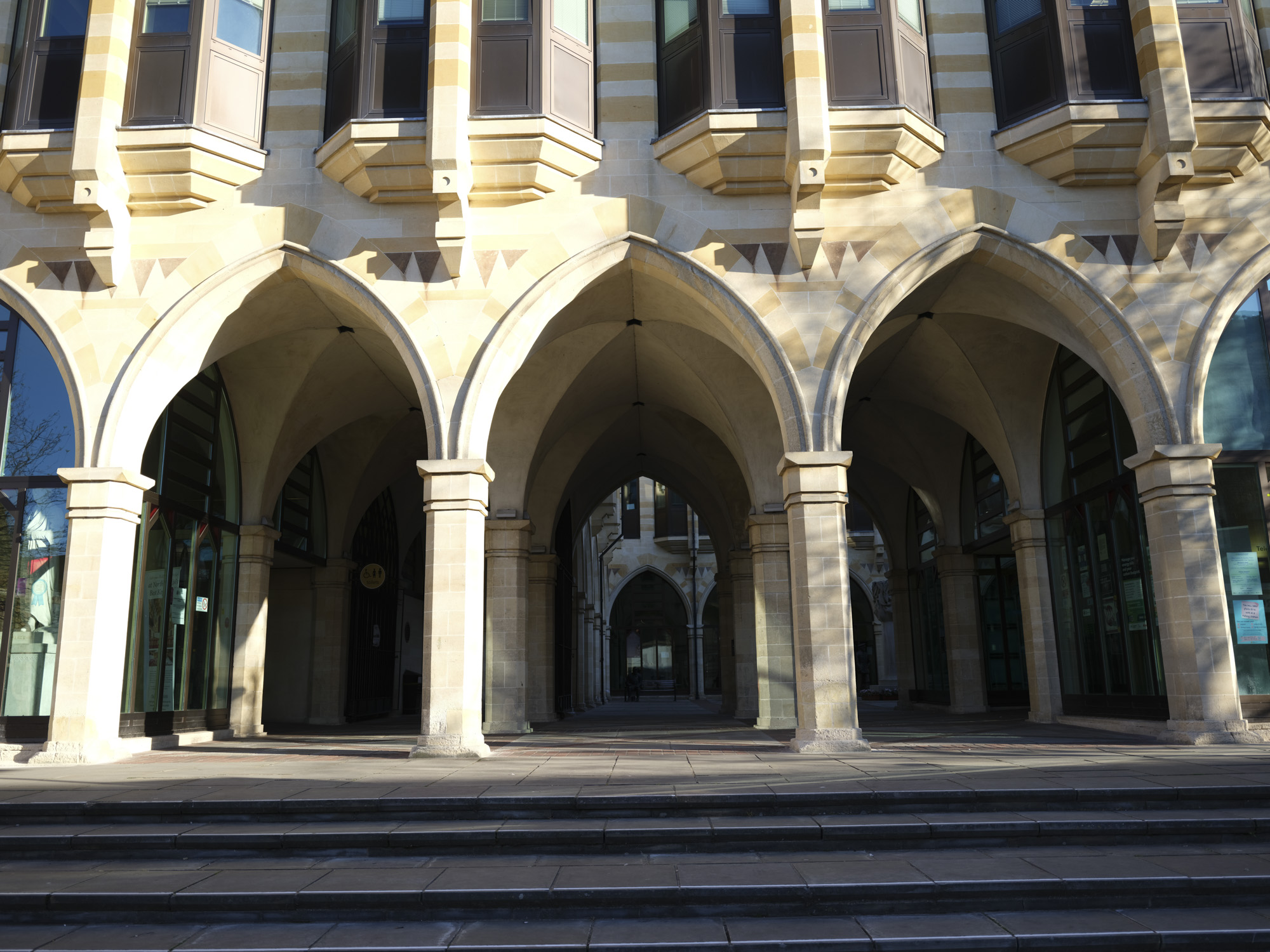
Leica Q3 sample images
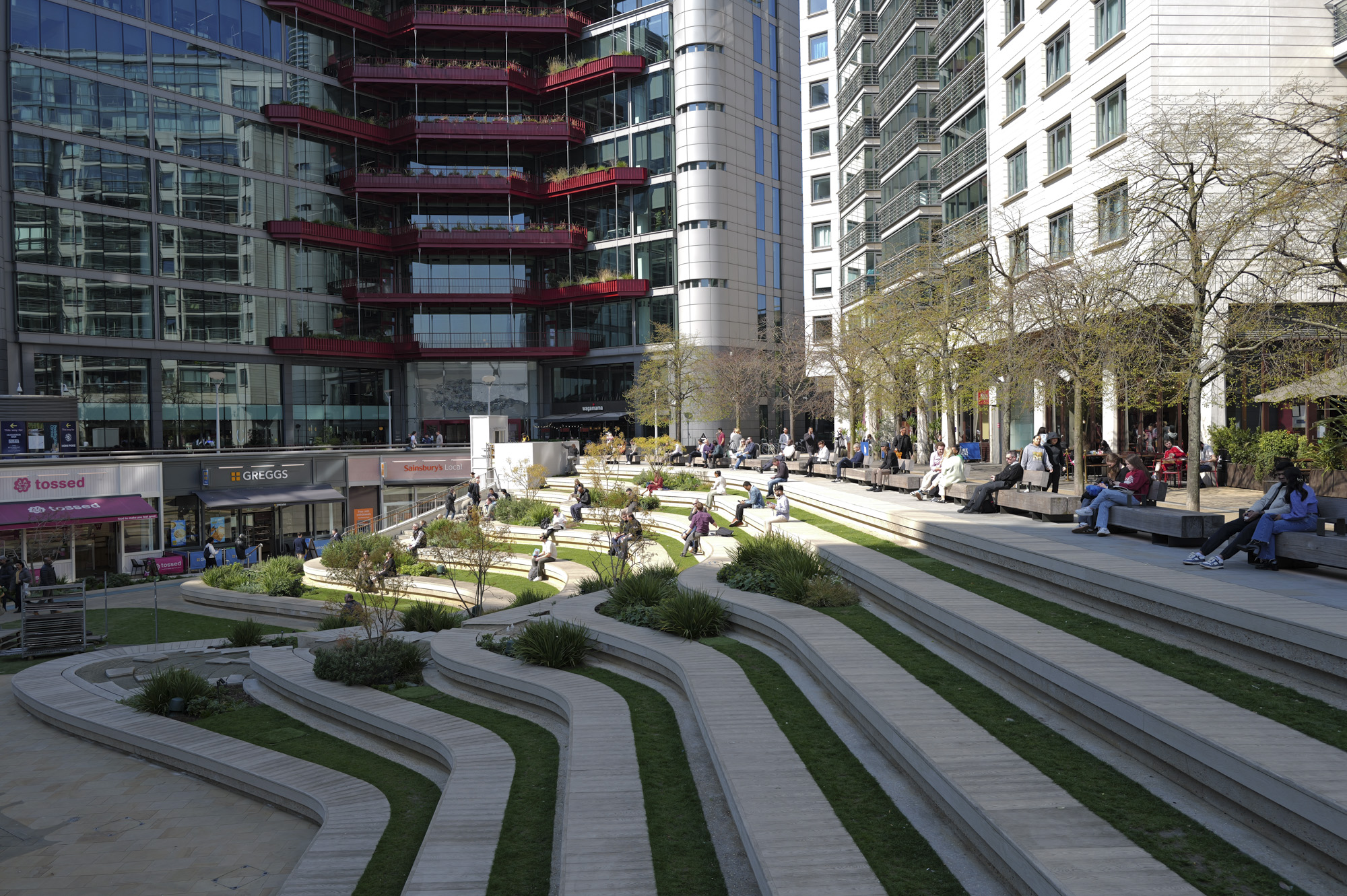
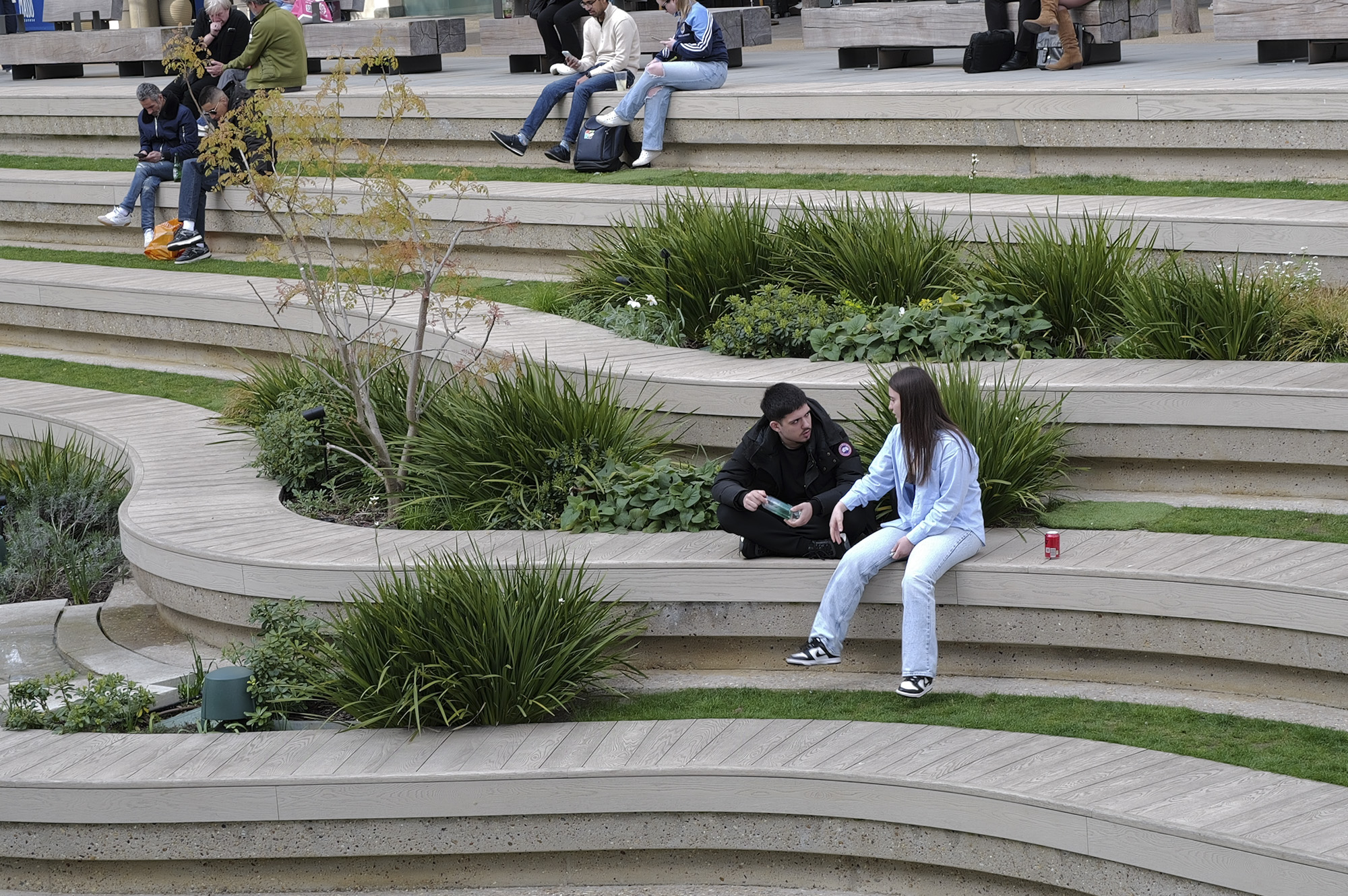
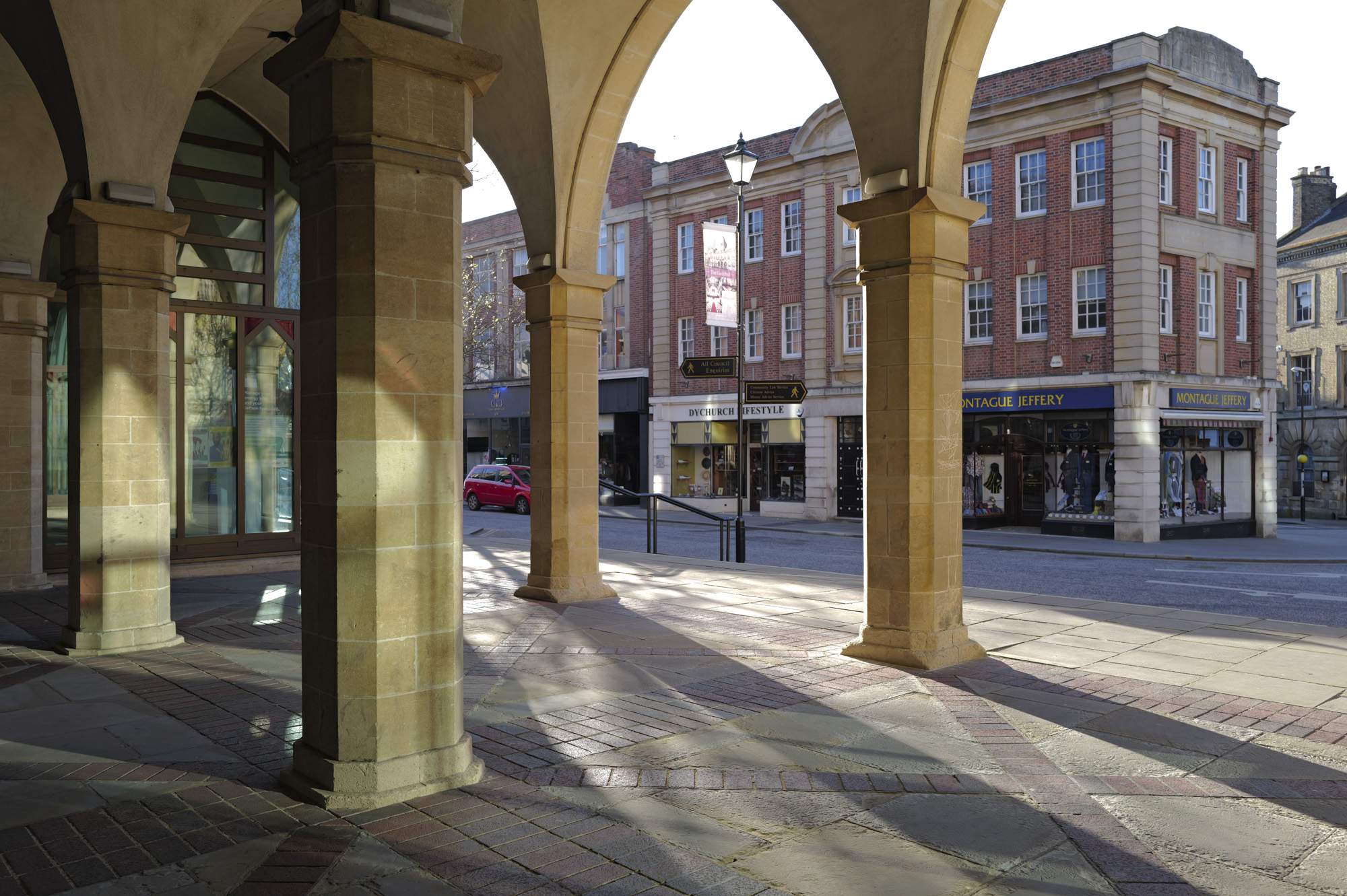
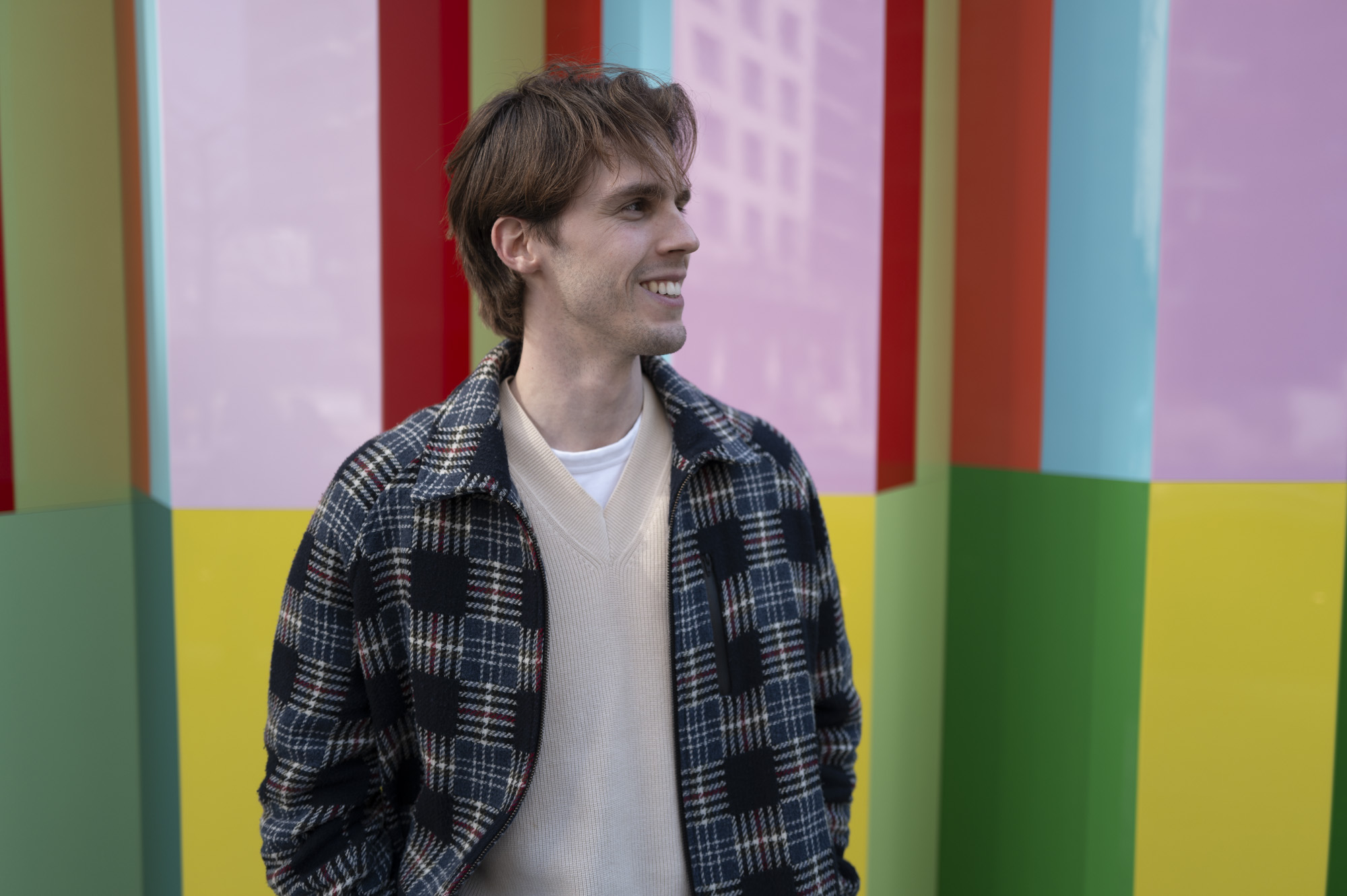
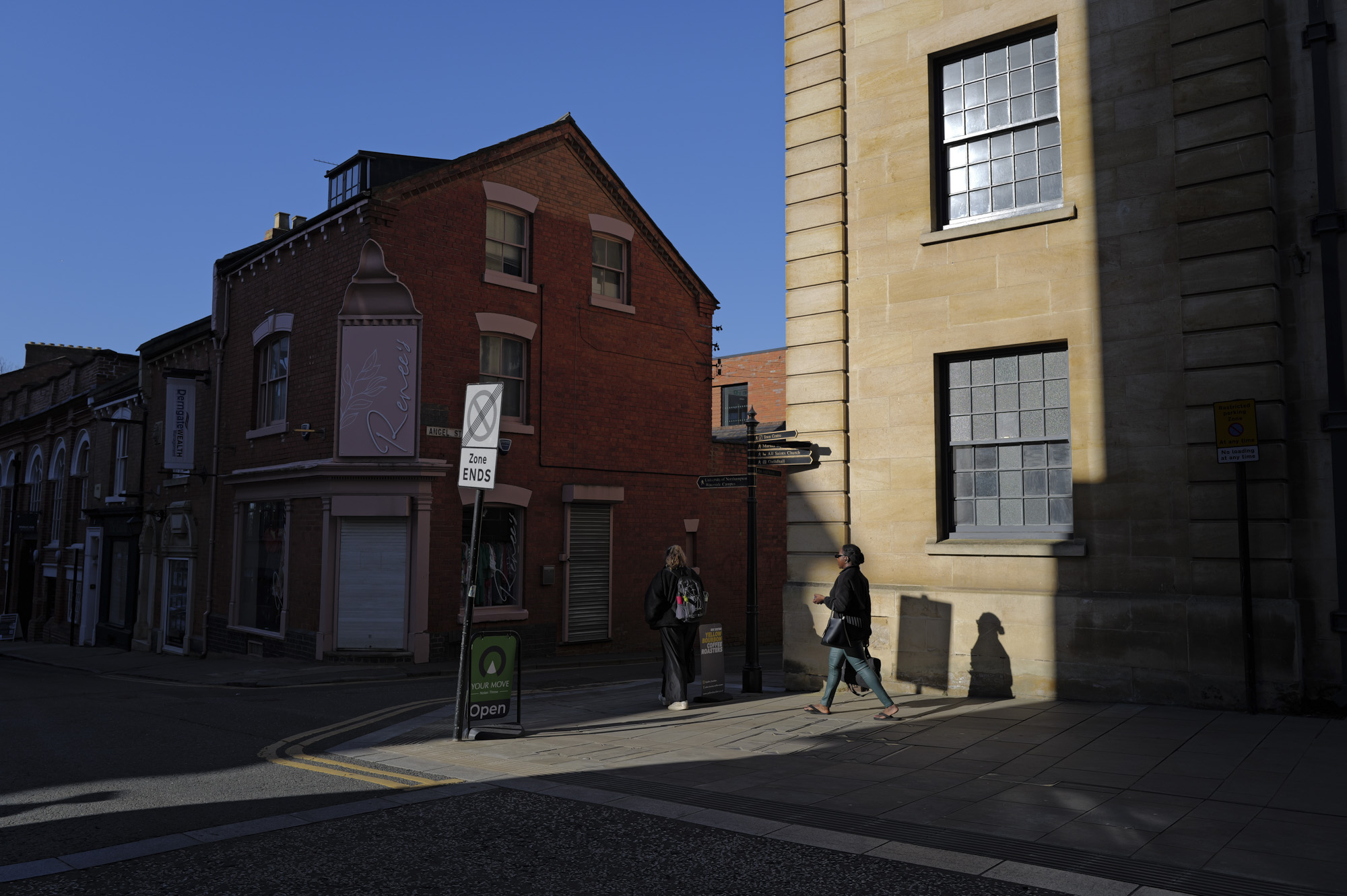
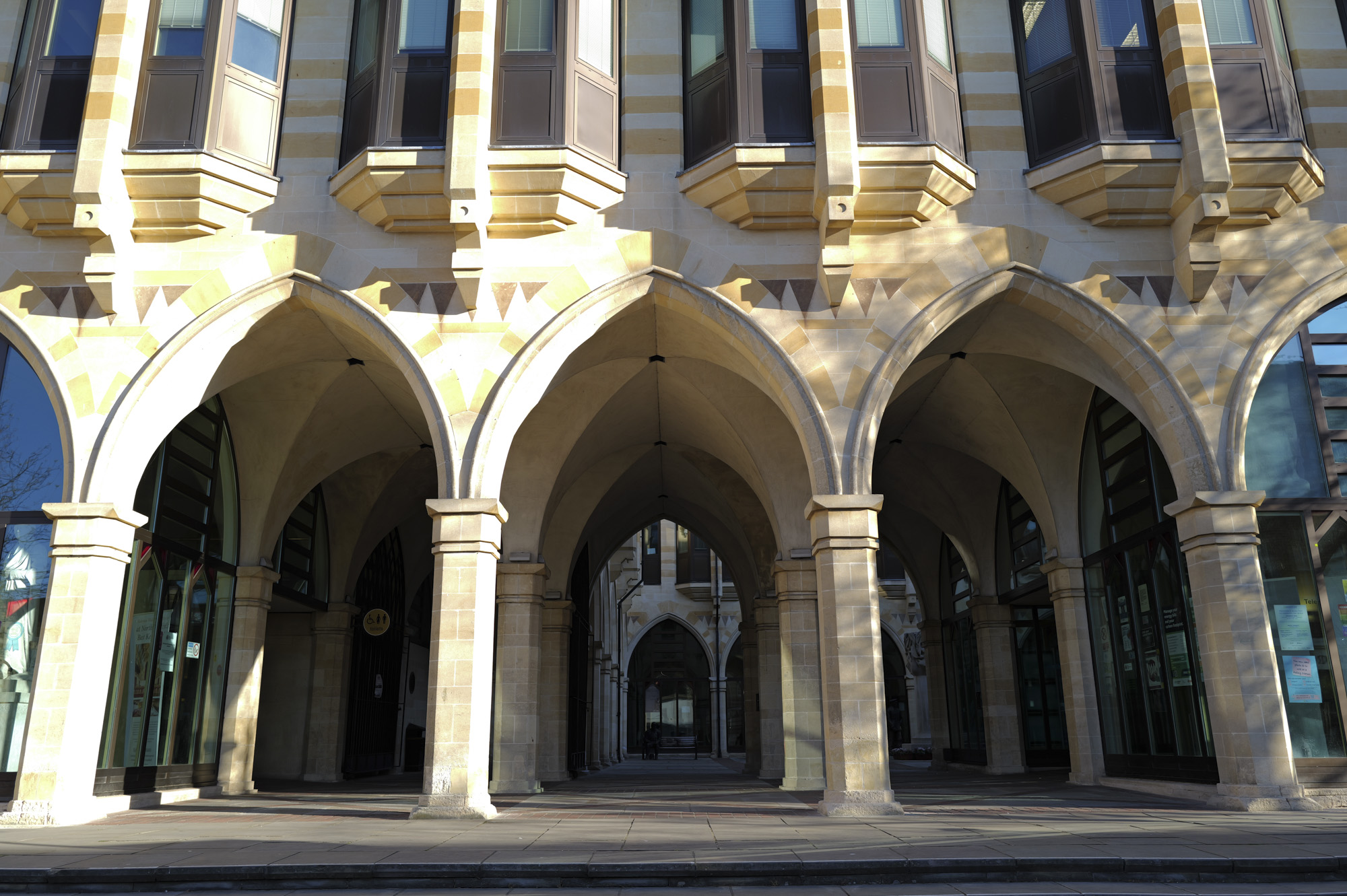
Of course, you can crop into the full size 28mm perspective pictures when editing, but it feels good getting the shot right in-camera, plus there are perks for employing a digital crop on the spot. For example, going tighter can impact the distance you choose to stand from your subject, which has a knock-on effect on depth of field.
Going one step further, the GFX100RF includes an aspect ratio dial. It's an unusual feature that' impressed me so much that I wrote an entire feature about it – it could just change the way you look at the world around you for photography.
For outright detail and edge-to-edge quality, the GFX100RF has the edge, and would be the top choice for the likes of landscape photography, but for control over depth of field, it's the Q3.
In reality, both models are more than enough camera for reportage photography. I wouldn't pick the GFX100RF over the Q3 just for its detail, but it is the 'better' of the two.
- Image quality: the GFX100RF wins, especially for detail
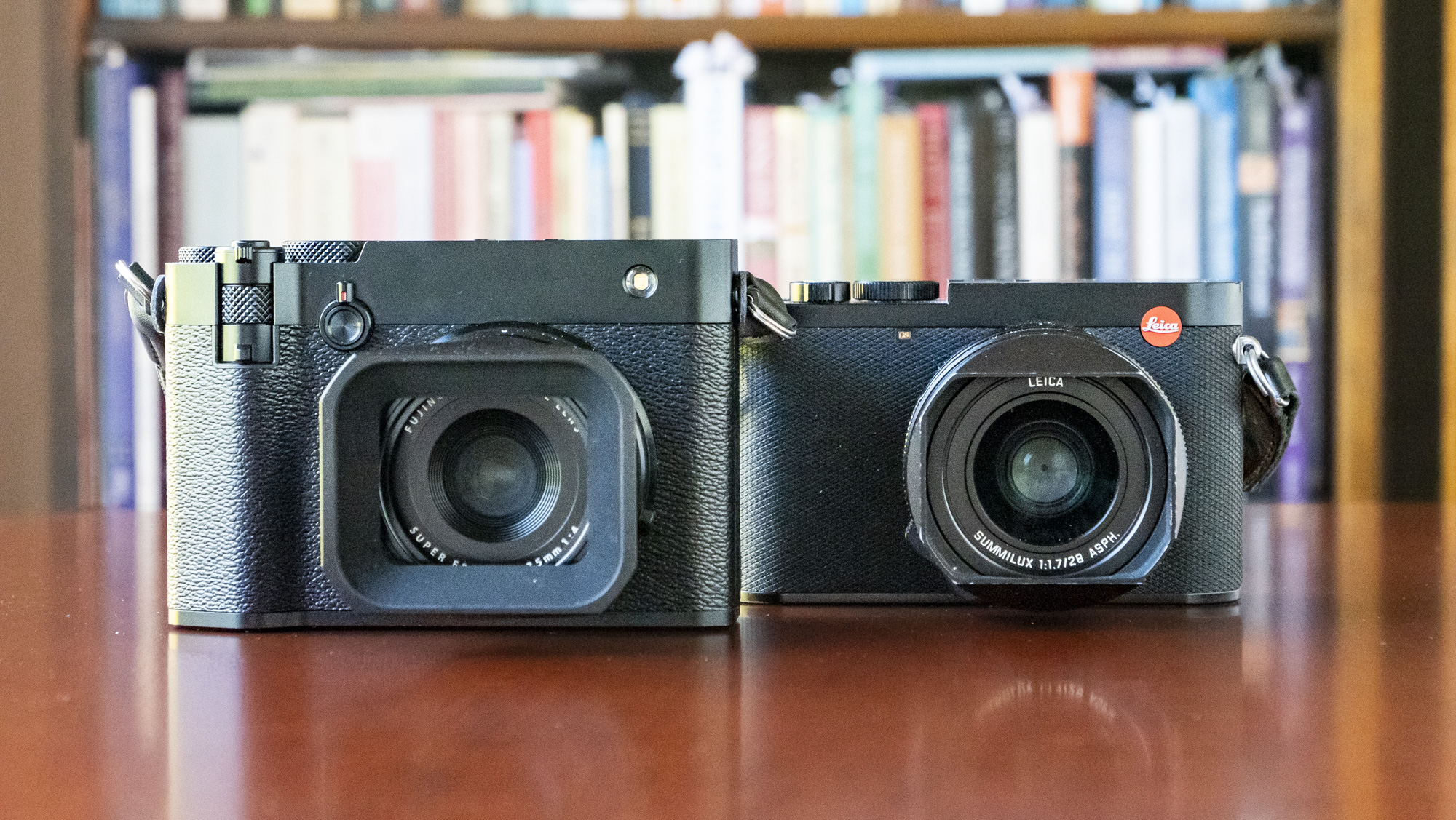
Fujifilm GFX100RF vs Leica Q3: my verdict
The Fujifilm GFX100RF costs a decent chunk less than the Leica Q3. That said, once you get to the $5,000 / £5,500 / AU$10,000 mark, I don't think price is a make-or-break factor, plus the Leica model is the more likely of the two to hold its value.
Cost aside, what about the design and performance of each camera? Both are incredibly capable for everyday, street and reportage photography.
The GFX100RF is an extraordinary feat of engineering, with Fujifilm squeezing a huge medium-format sensor into such a tiny body that's the smallest and lightest in this format (and that's with its compact lens included).
Handling-wise, I prefer the GFX100RF too, for the quality of its screen, the aspect ratio dial, and the external controls on offer; for those who make regular changes to settings, it's certainly the easier of the two cameras to use. It also boasts class-leading detail.
I was already a fan of the Leica Q3, but directly comparing the premium compacts has clouded my feelings for the Q3. After getting a taste of the GFX100RF, with its particular advantages, I can see a number of tweaks that would benefit a Q3 successor.
Despite this, if I was to pick just one of these two cameras, I think I'd go for the Leica Q3. It's premium in its own way – particularly that stunning f/1.7 stabilized lens. Also, I can't think of many scenarios demanding more than the Q3's 60.3MP resolution – even the 90mm digital crop produces useable 6MP files.
Considering the two incredible cameras just as they are, give me the Q3.
You might also like
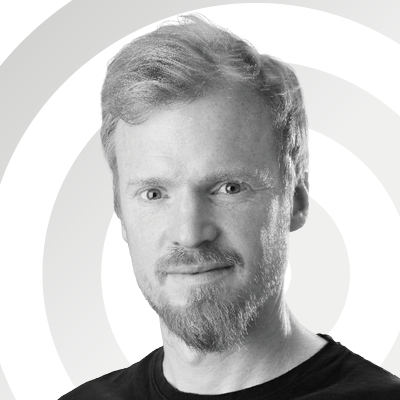
Tim is the Cameras editor at TechRadar. He has enjoyed more than 15 years in the photo video industry with most of those in the world of tech journalism. During his time as Deputy Technical Editor with Amateur Photographer, as a freelancer and consequently editor at Tech Radar, Tim has developed a deeply technical knowledge and practical experience with cameras, educating others through news, reviews and features. He’s also worked in video production for Studio 44 with clients including Canon, and volunteers his spare time to consult a non-profit, diverse stories team based in Nairobi. Tim is curious, a keen creative, avid footballer and runner, and moderate flat white drinker who has lived in Kenya and believes we have much to enjoy and learn from each other.
You must confirm your public display name before commenting
Please logout and then login again, you will then be prompted to enter your display name.